Haftseen Set
Ancient Iran had many celebrations and festivals and in Iranian culture, each celebration has a special symbol. The Haftseen Set table is one of the precious heritages of our ancestors, each of which is a symbol of the beauties of creation.
Nowruz marks the first day of the Zoroastrian calendar and always falls on the spring equinox, usually March 21st. While Nowruz may be most famously celebrated in Iranian and Persian households, it is also celebrated all around the world. Nowruz is rooted in Zoroastrianism, a Persian religion that dates back further than Christianity or Islam. Over the 13 days of festivities, Nowruz celebrates nature, reinforces familial and community ties, and is based on the values of peace, coexistence, and respect.
Before Nowruz, many families will set up a Haft Sin, which is a display, often on a table or the floor, that as a whole represents renewal for the new year. A Haft Sin table hosts a collection of symbolic foods which vary from family to family. However, the staple in this article must always be present. The reason there are seven, and all start with the letter “s,” or in the Farsi alphabet, “sin,” is incredibly intentional.
Seven represents the seven eternal laws of the Iranian prophet Zarathushtra. The “s” or “sin” is because Haft Sin used to be known as Haft-Sheen, or seven “sh’s,” with sharab (wine) being the most important. After Islam came to ancient Persia, sharab was outlawed and replaced by serkeh (vinegar). Subsequently, each Haft Sin item was also changed to start with the letter “s.”

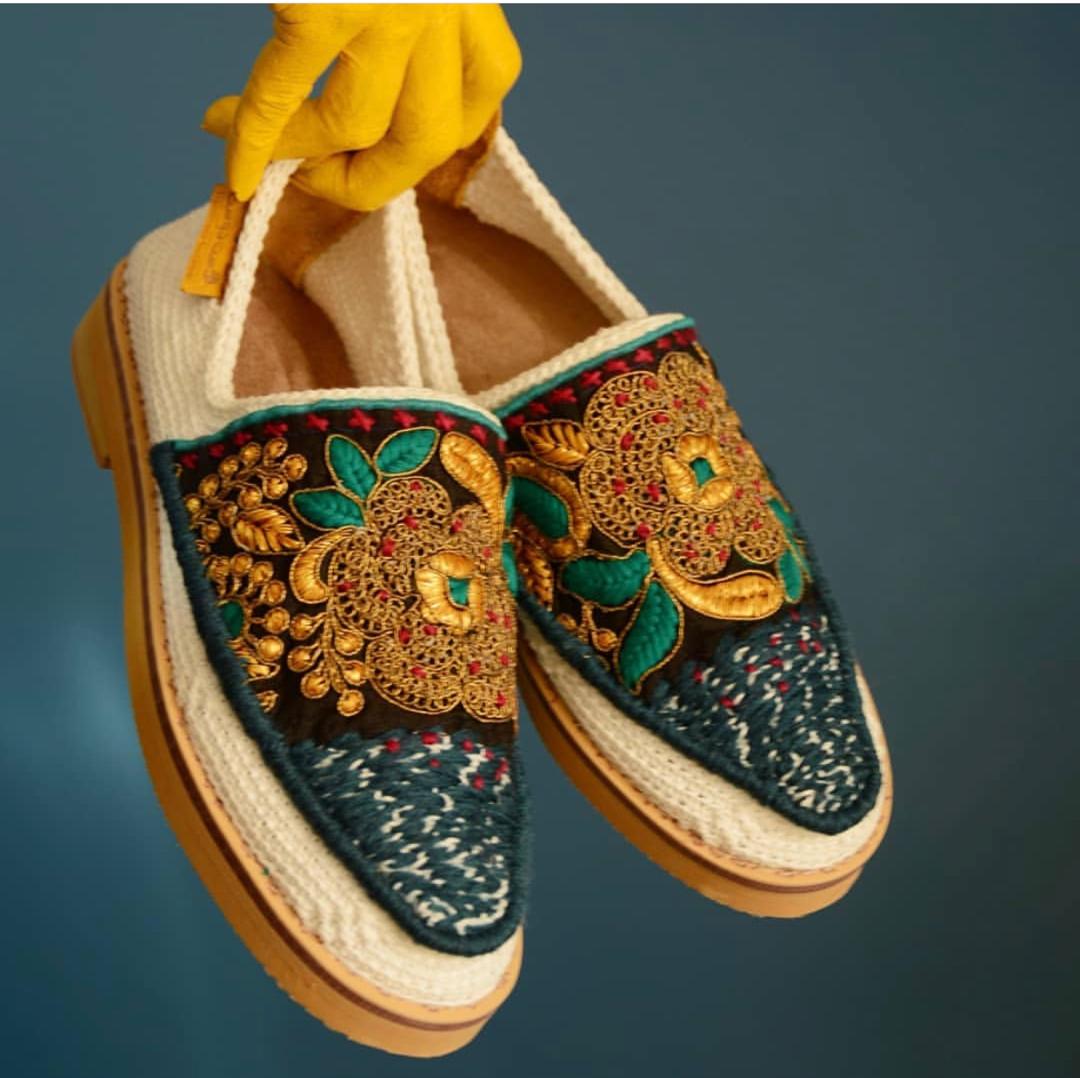
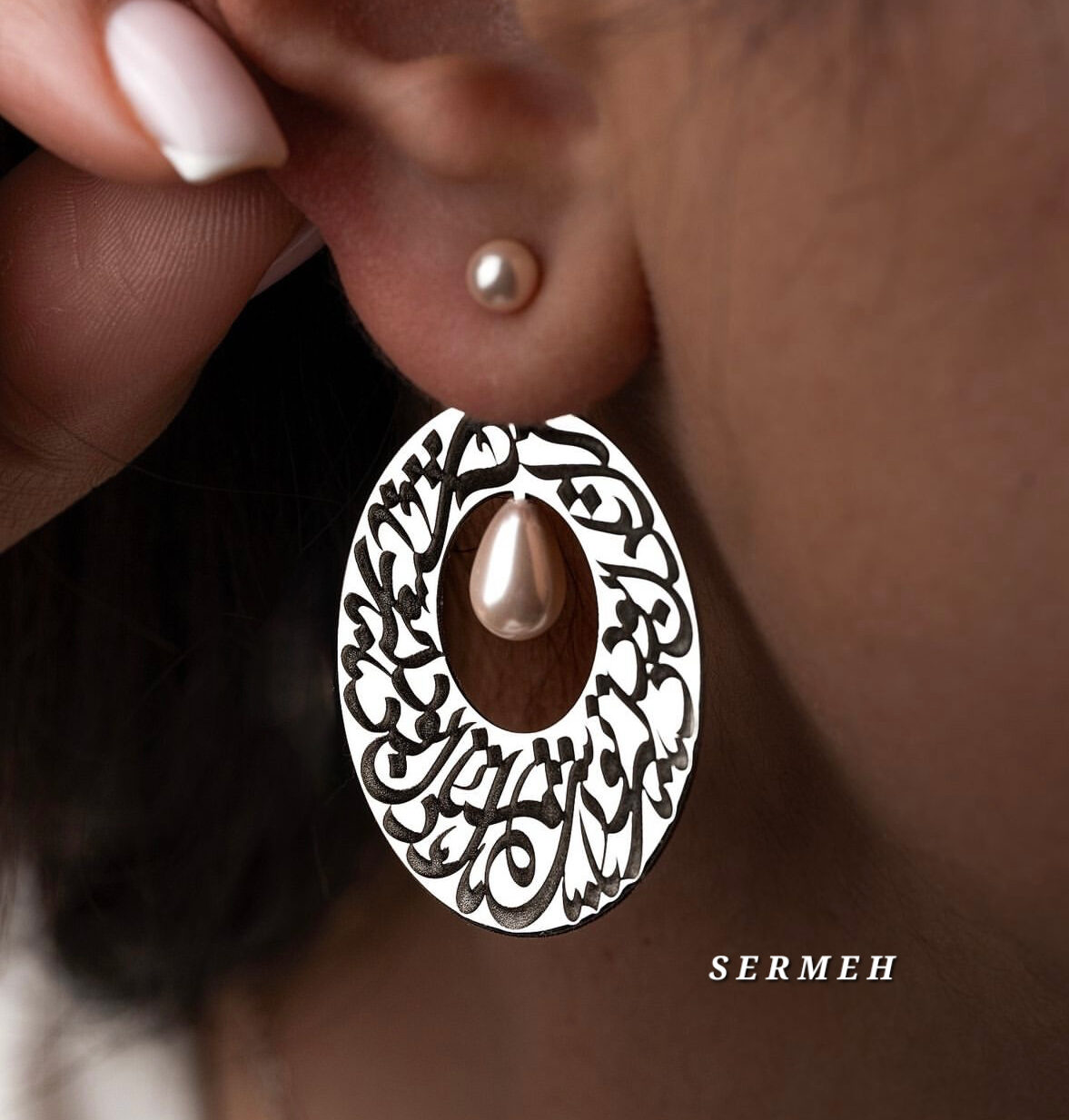
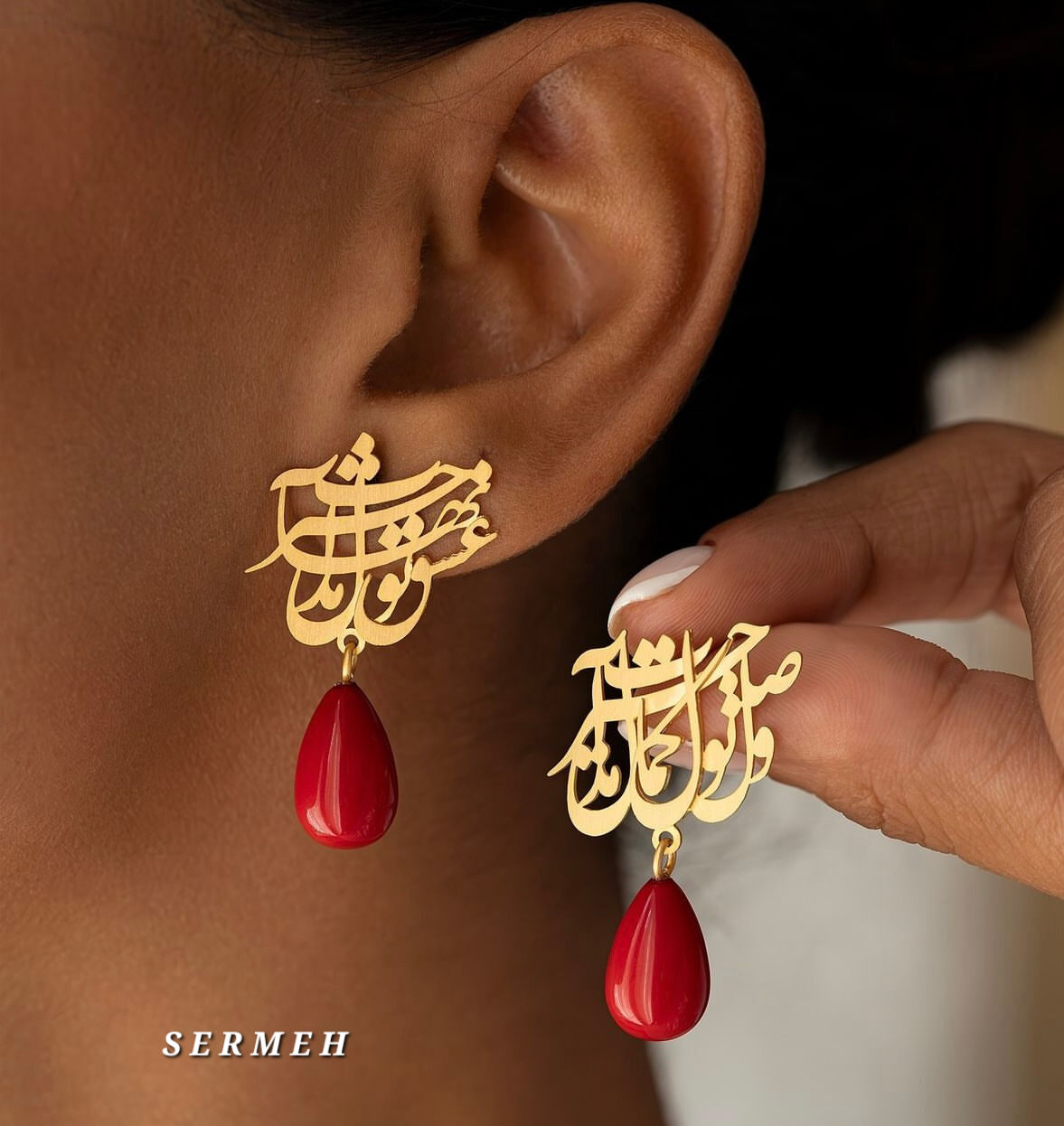

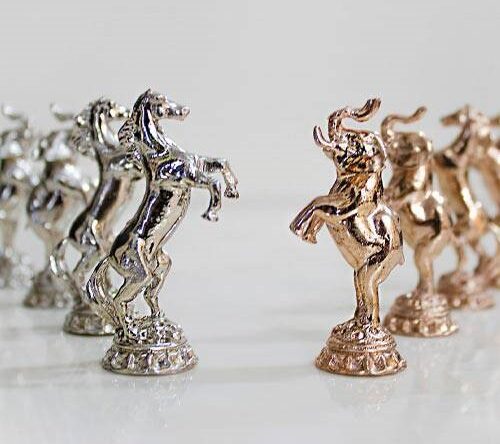
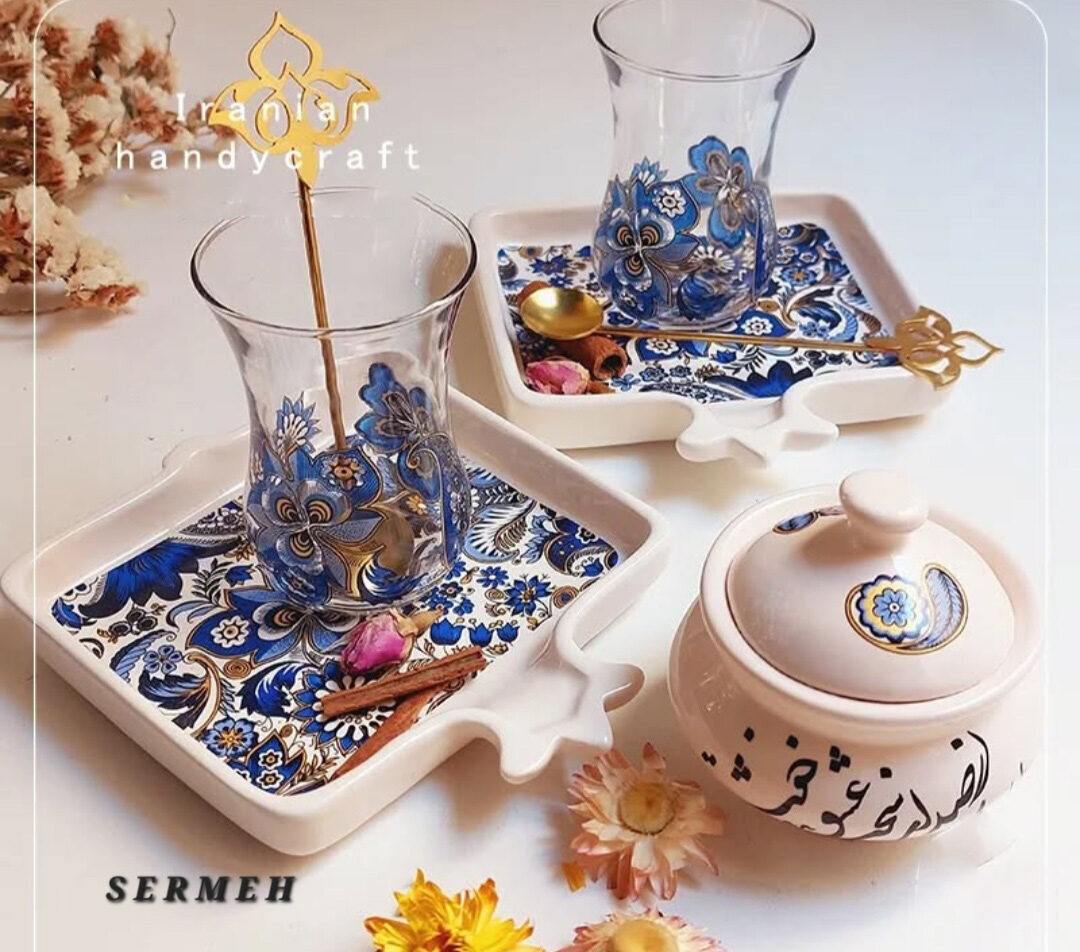
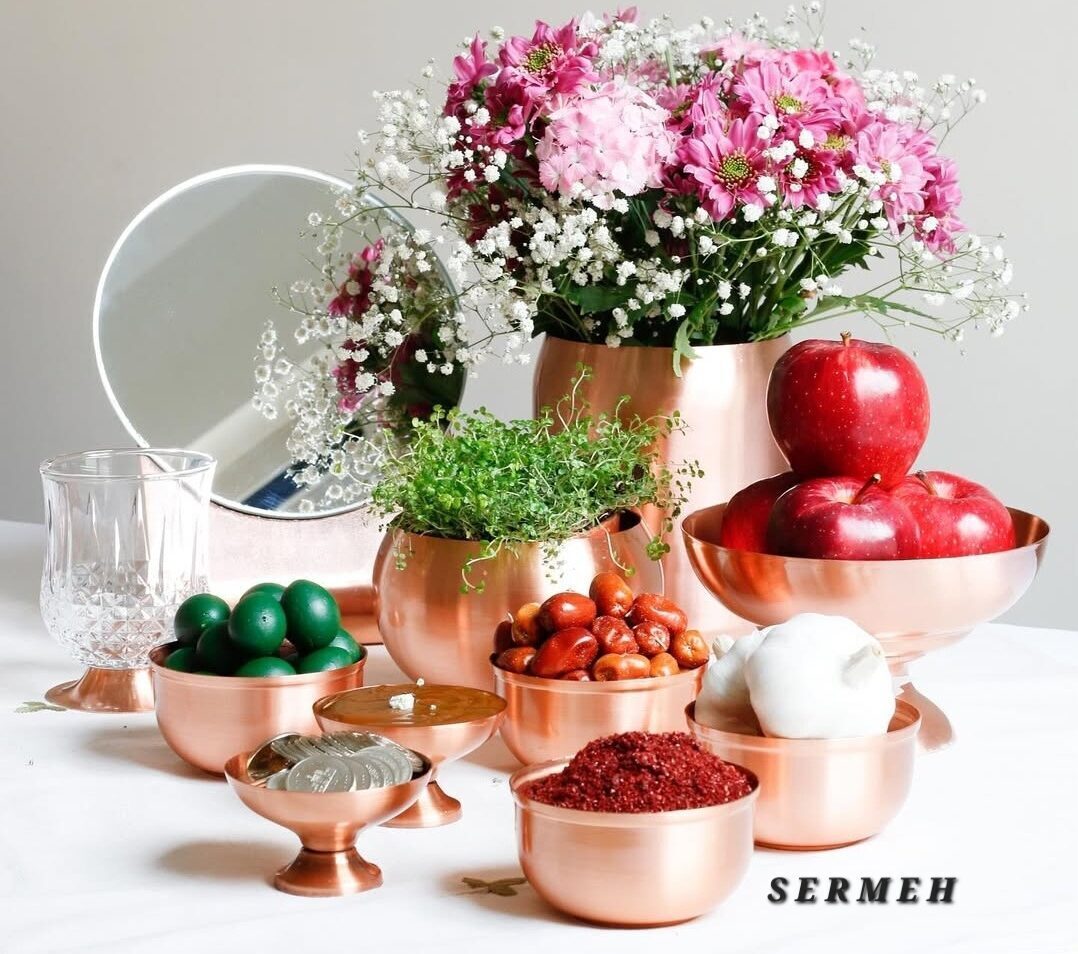
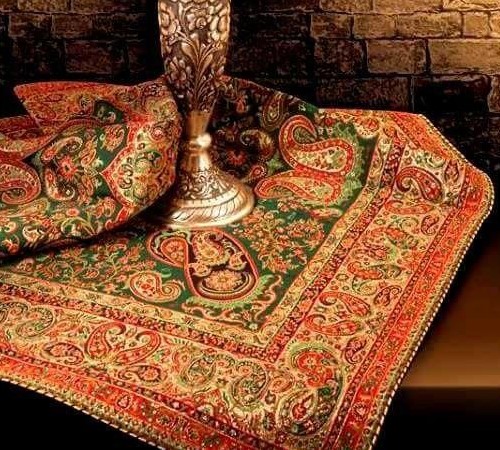
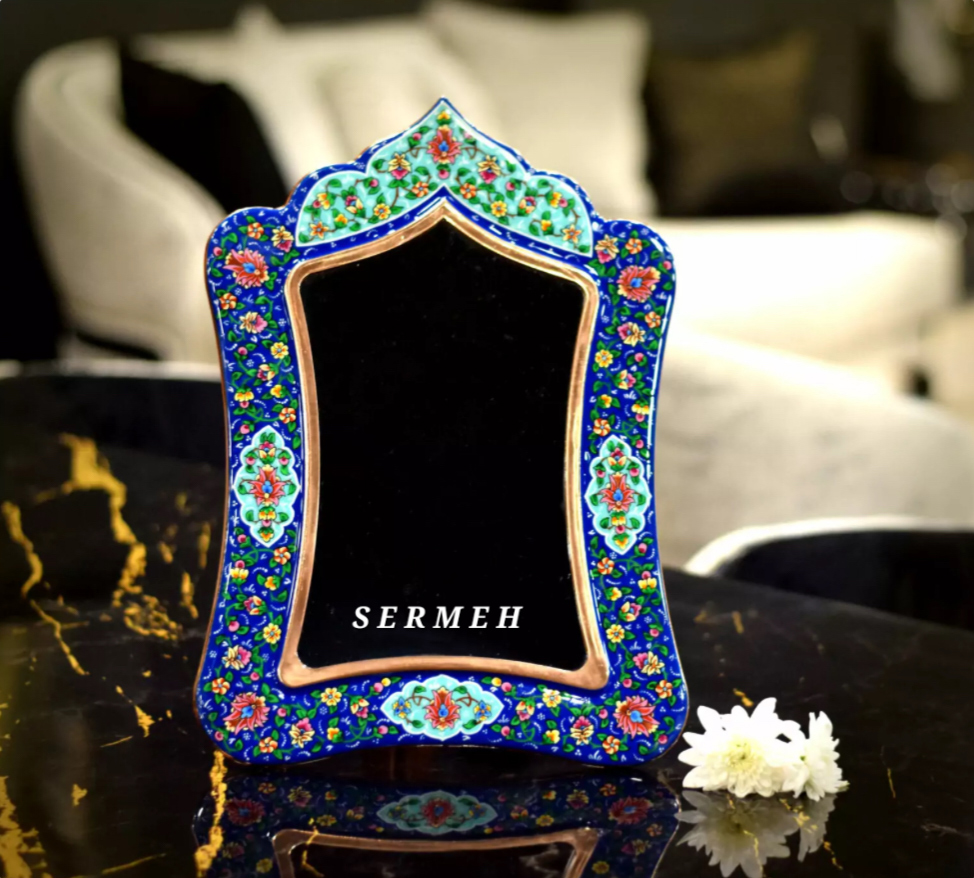
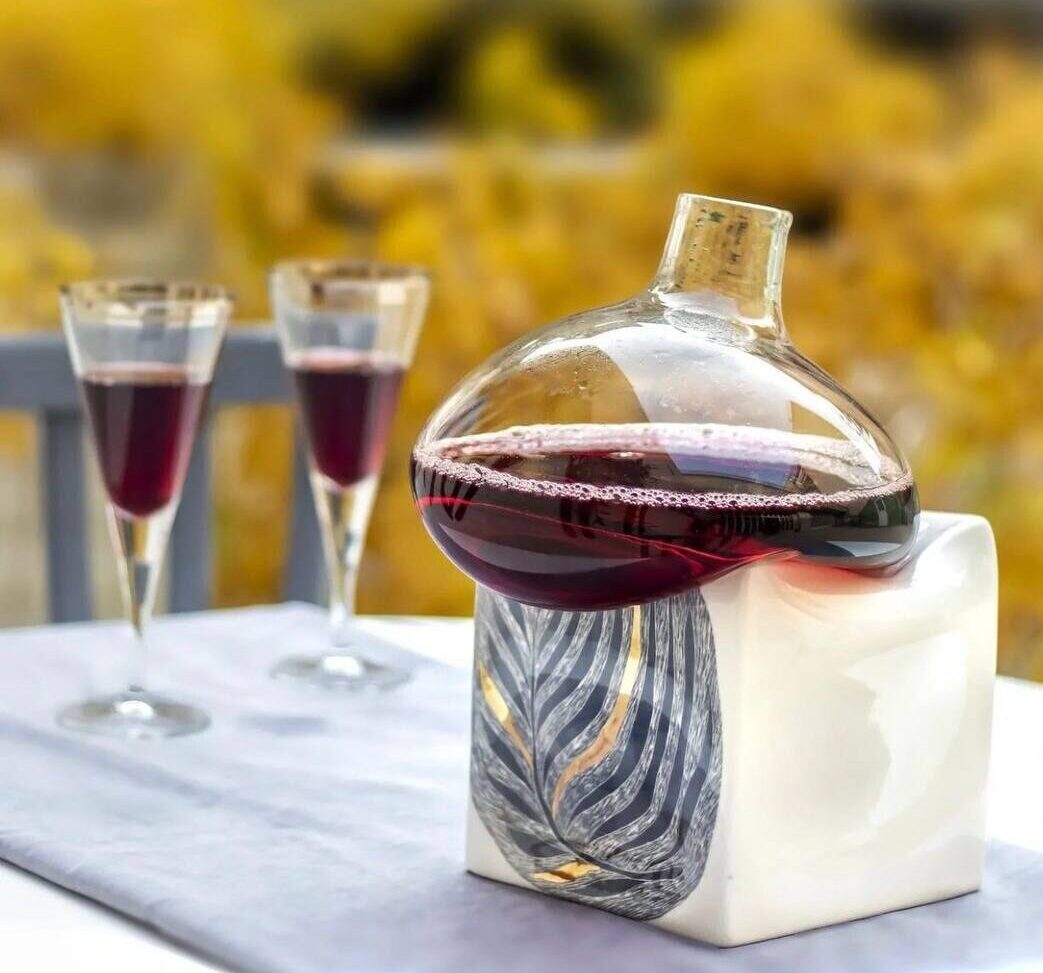

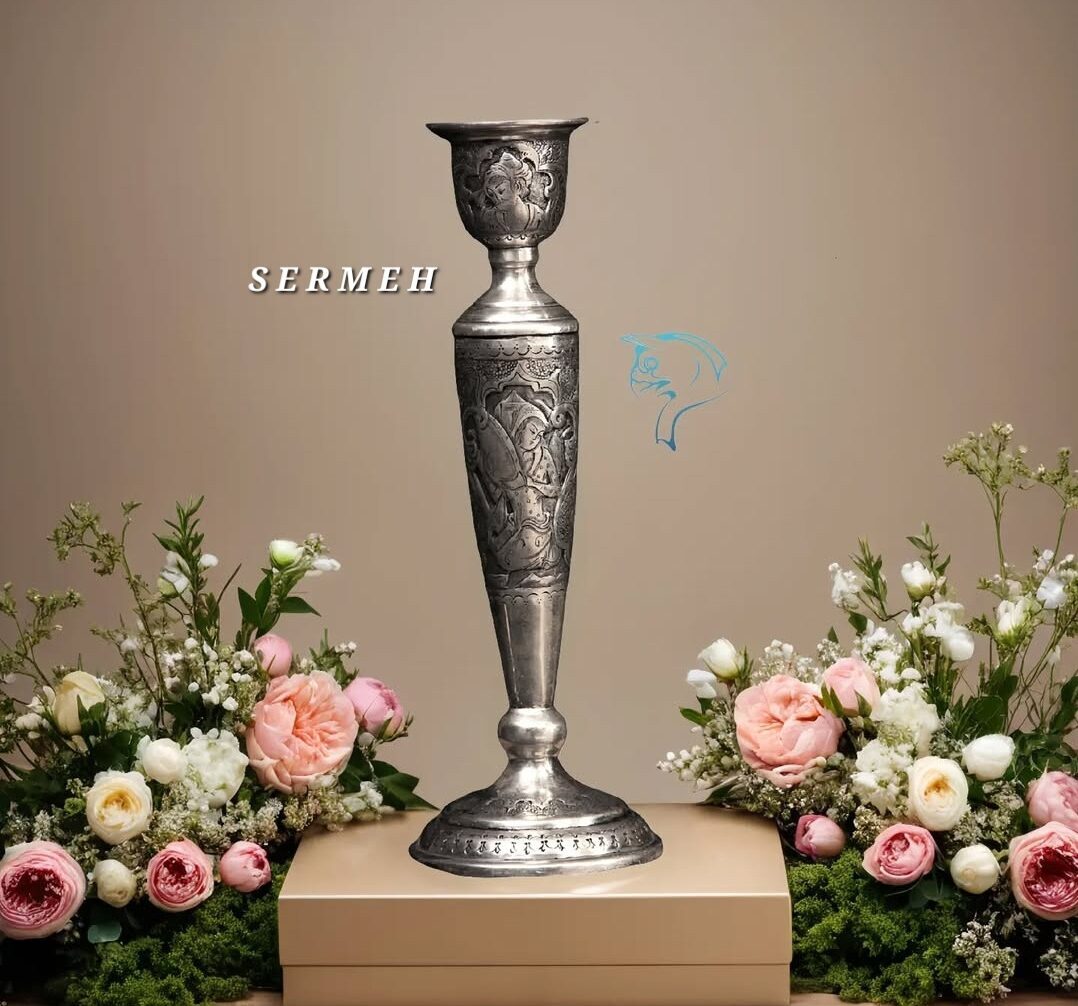
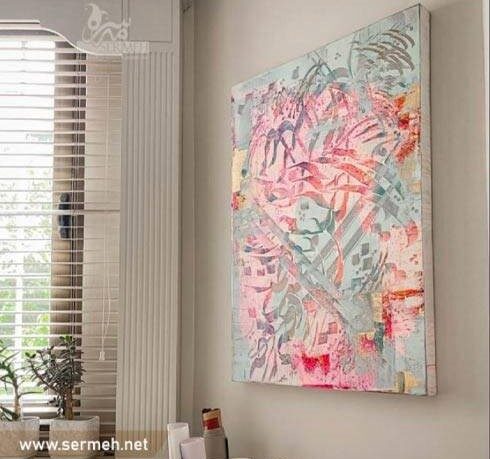
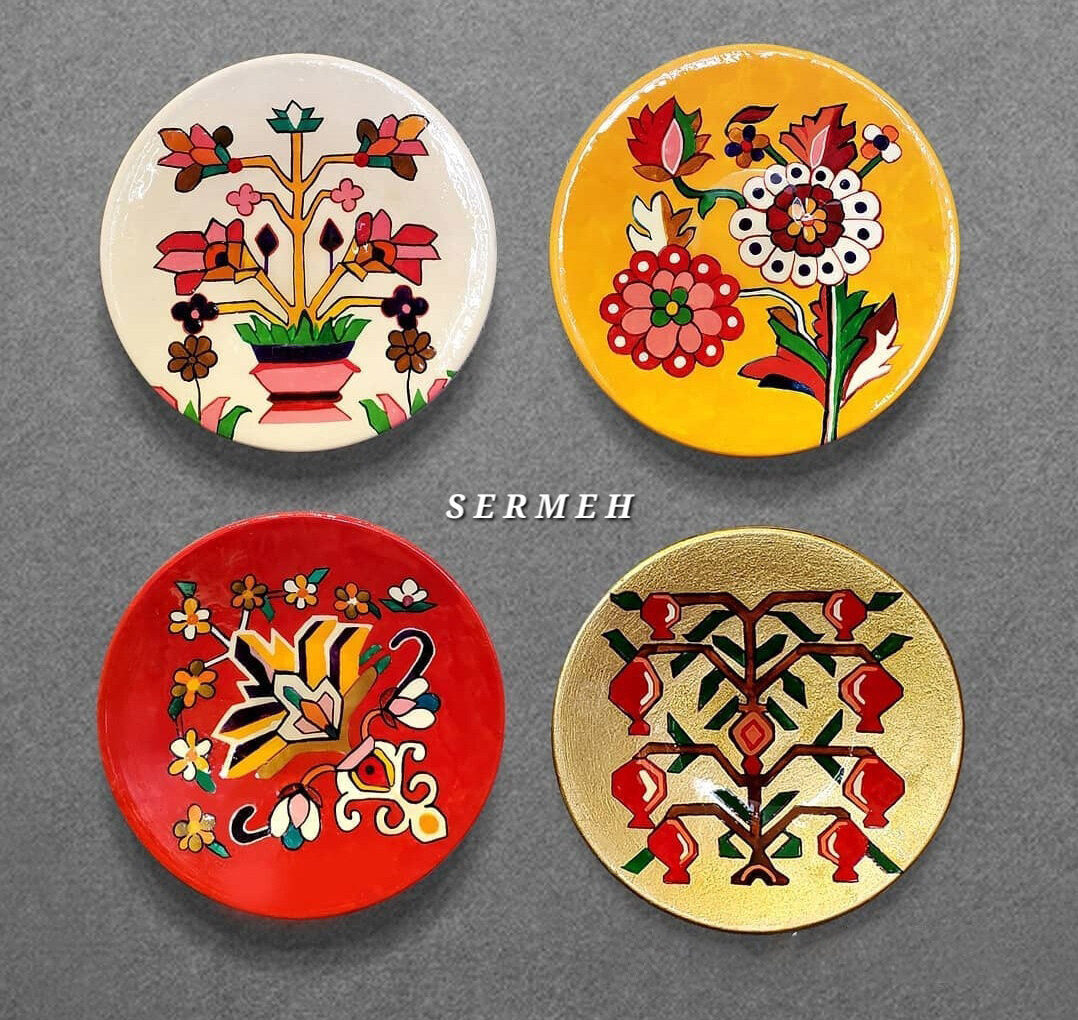
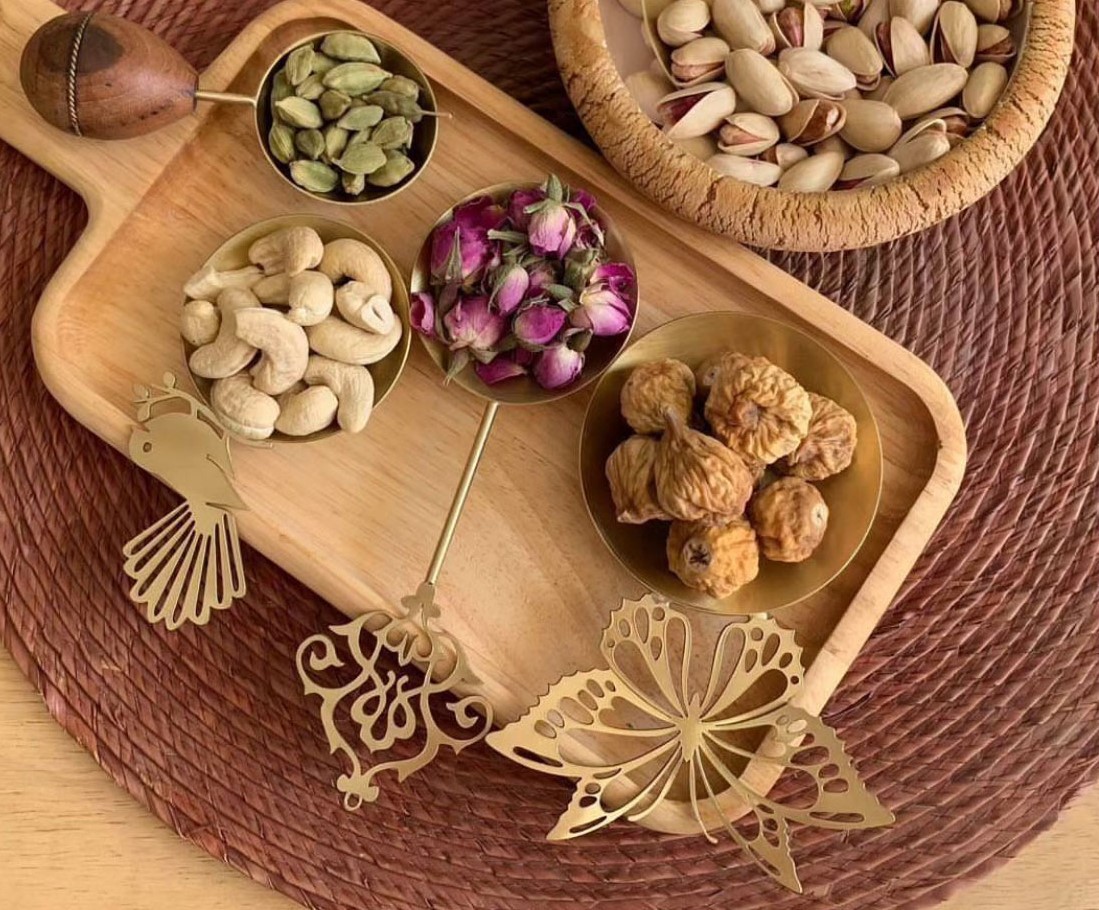
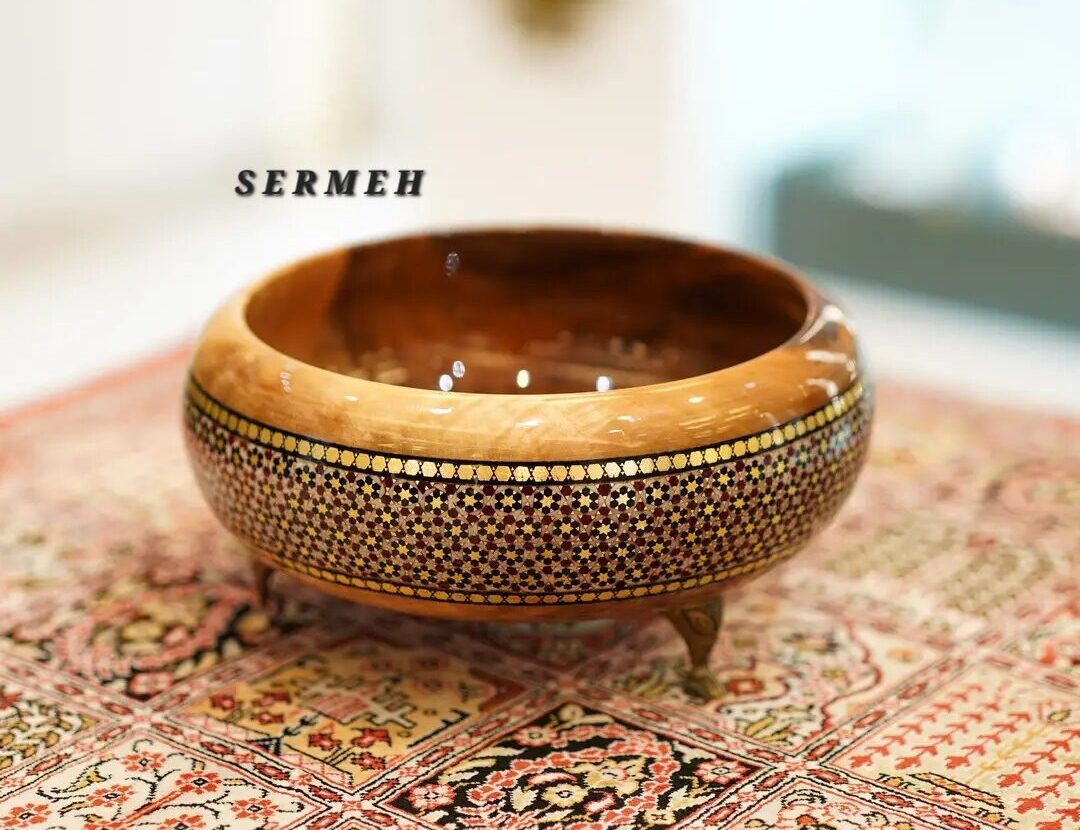
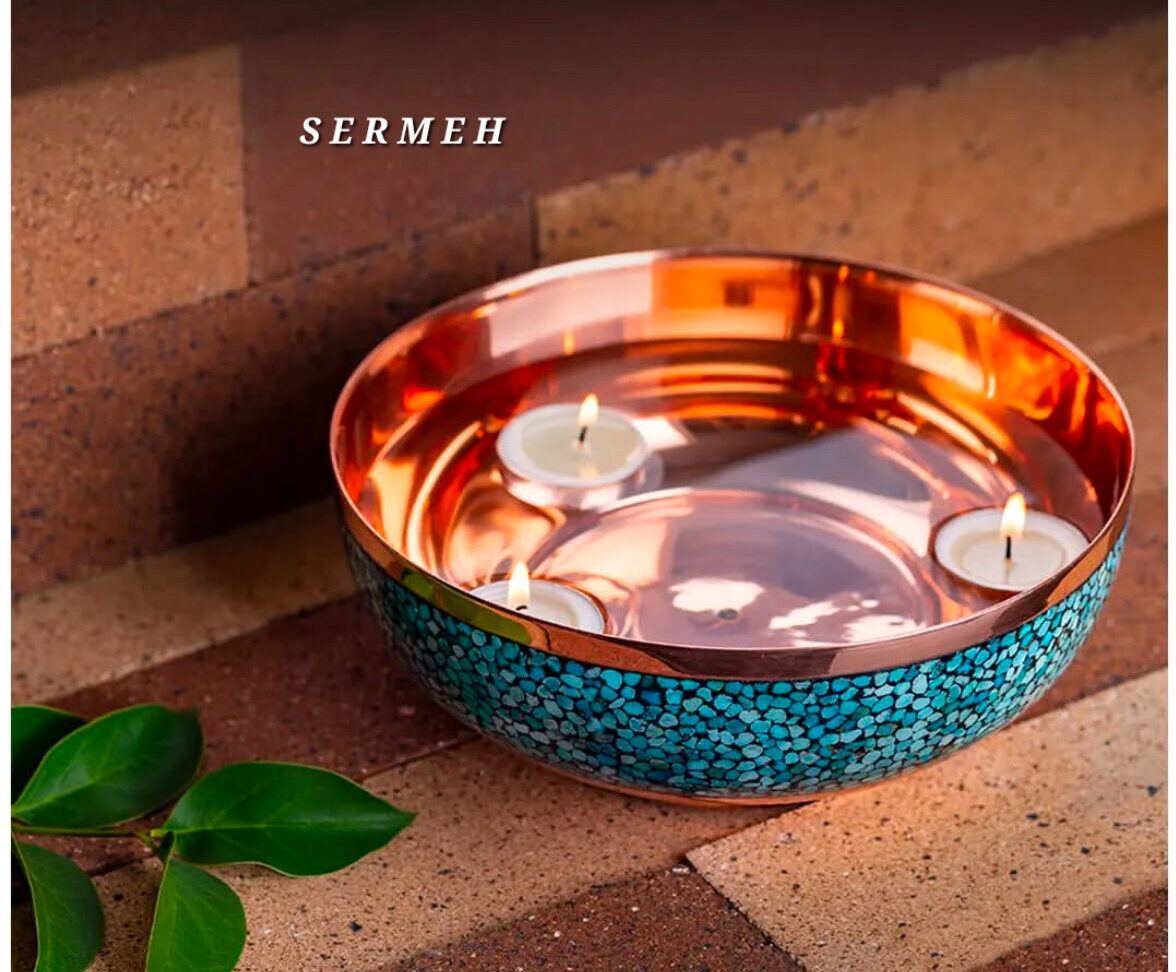
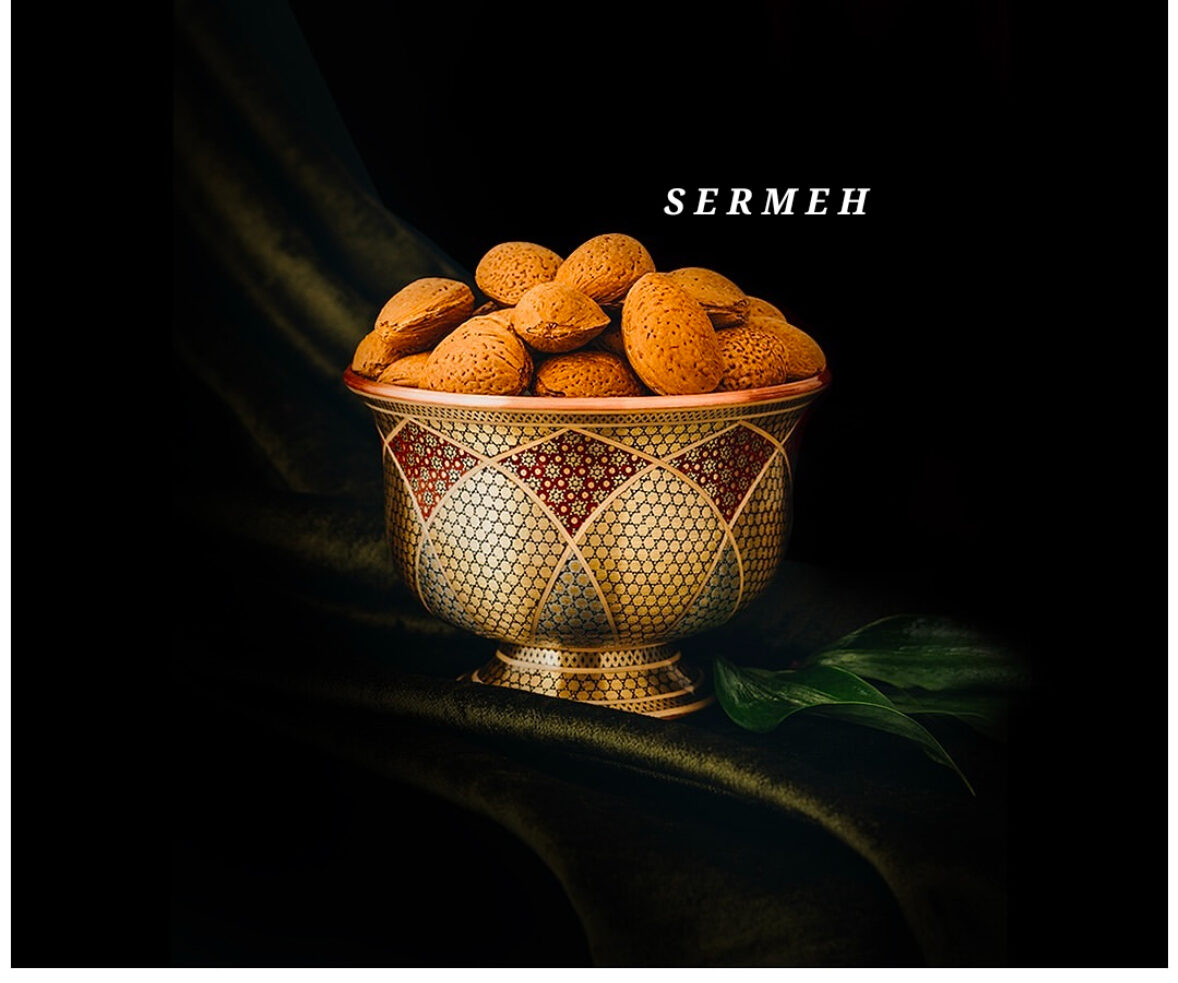
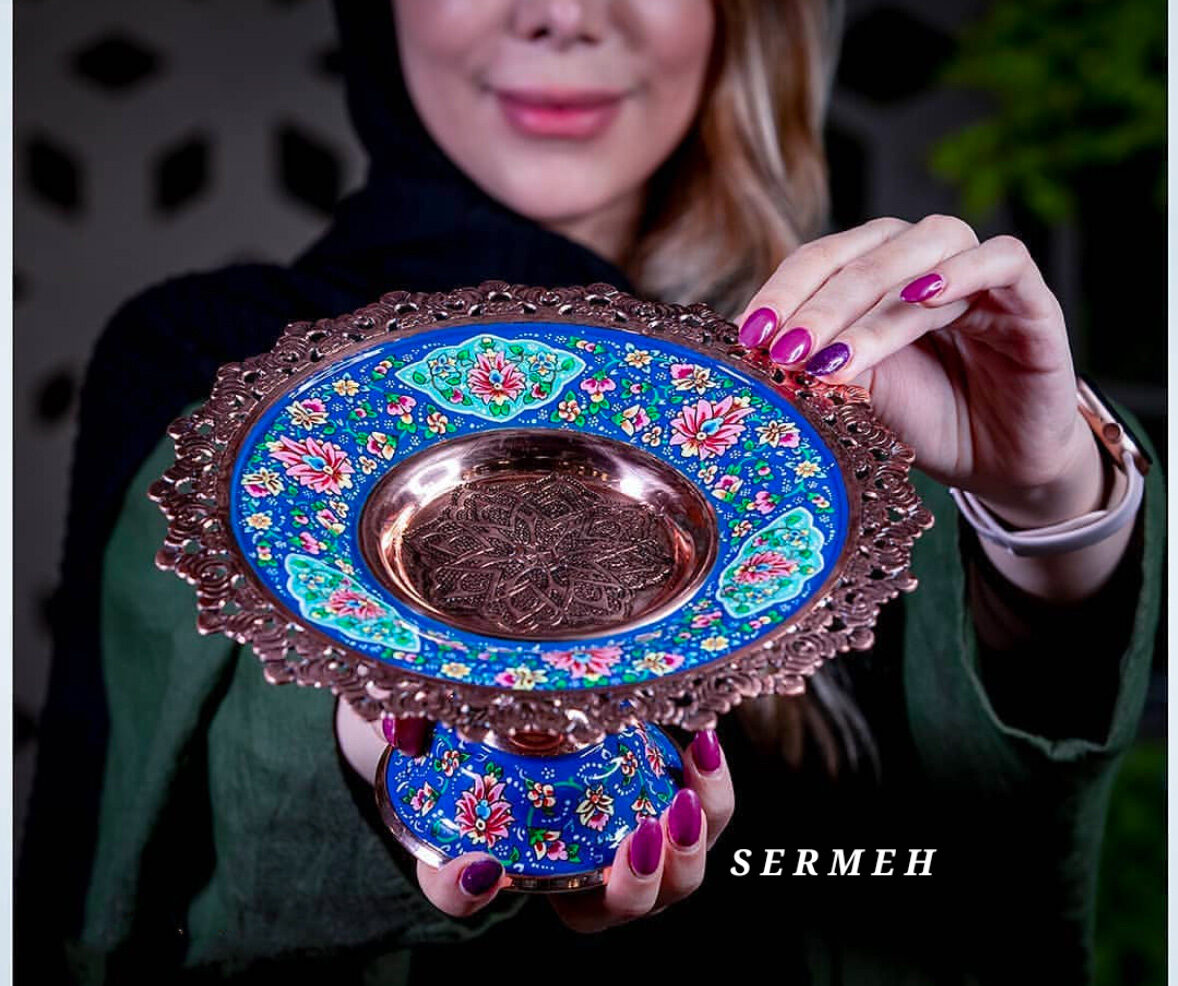
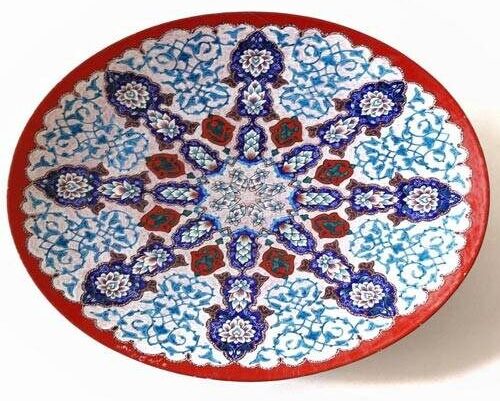
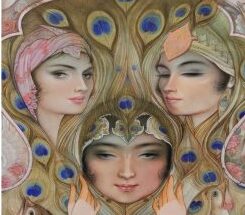
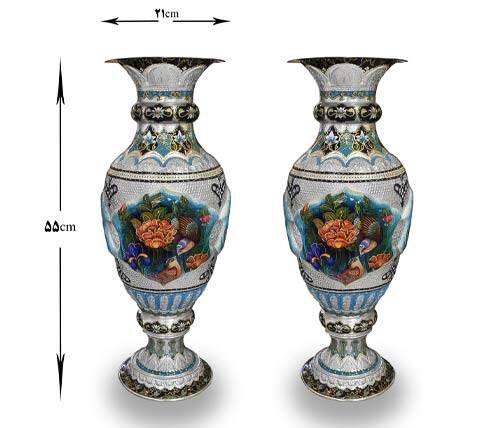
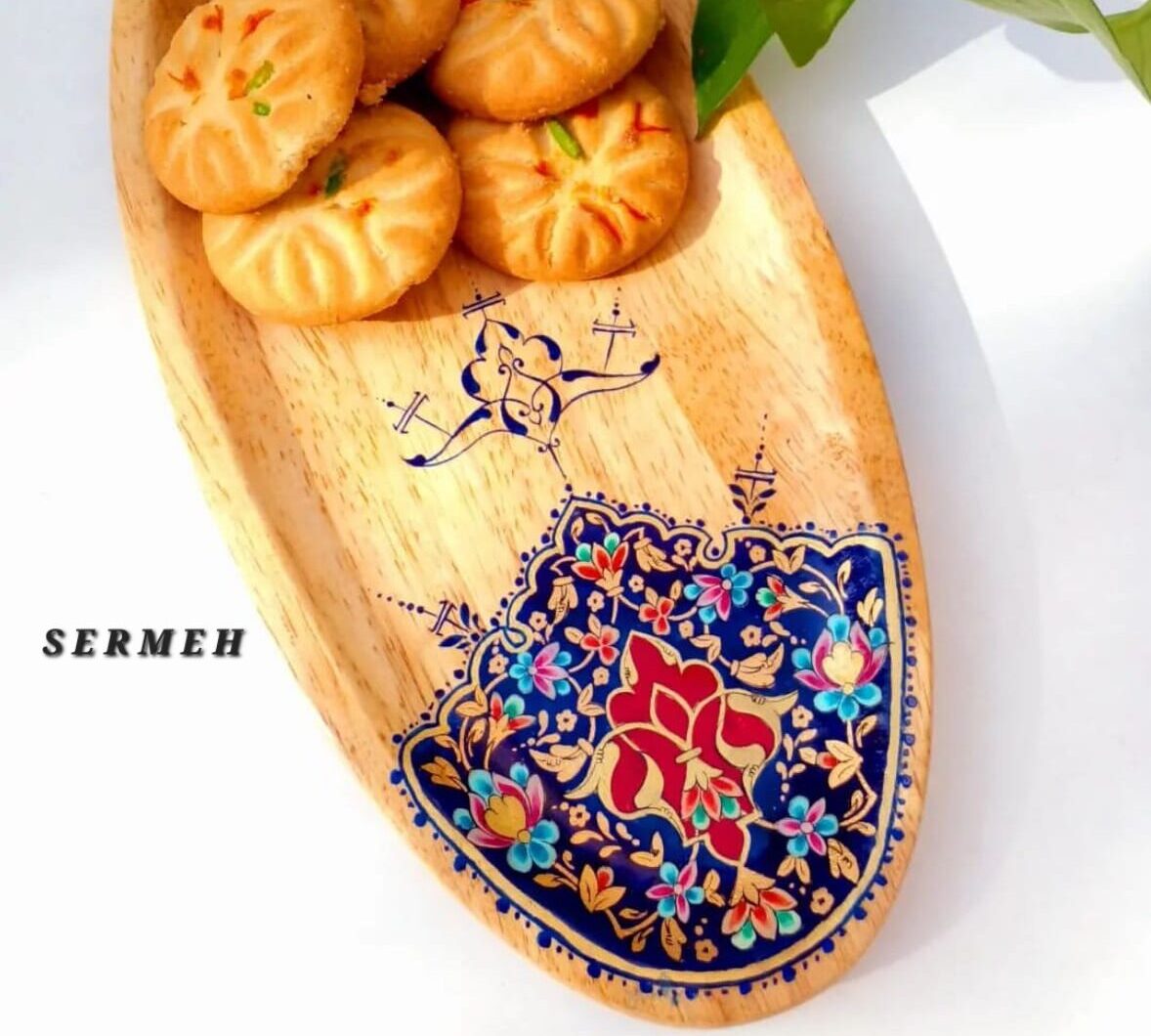
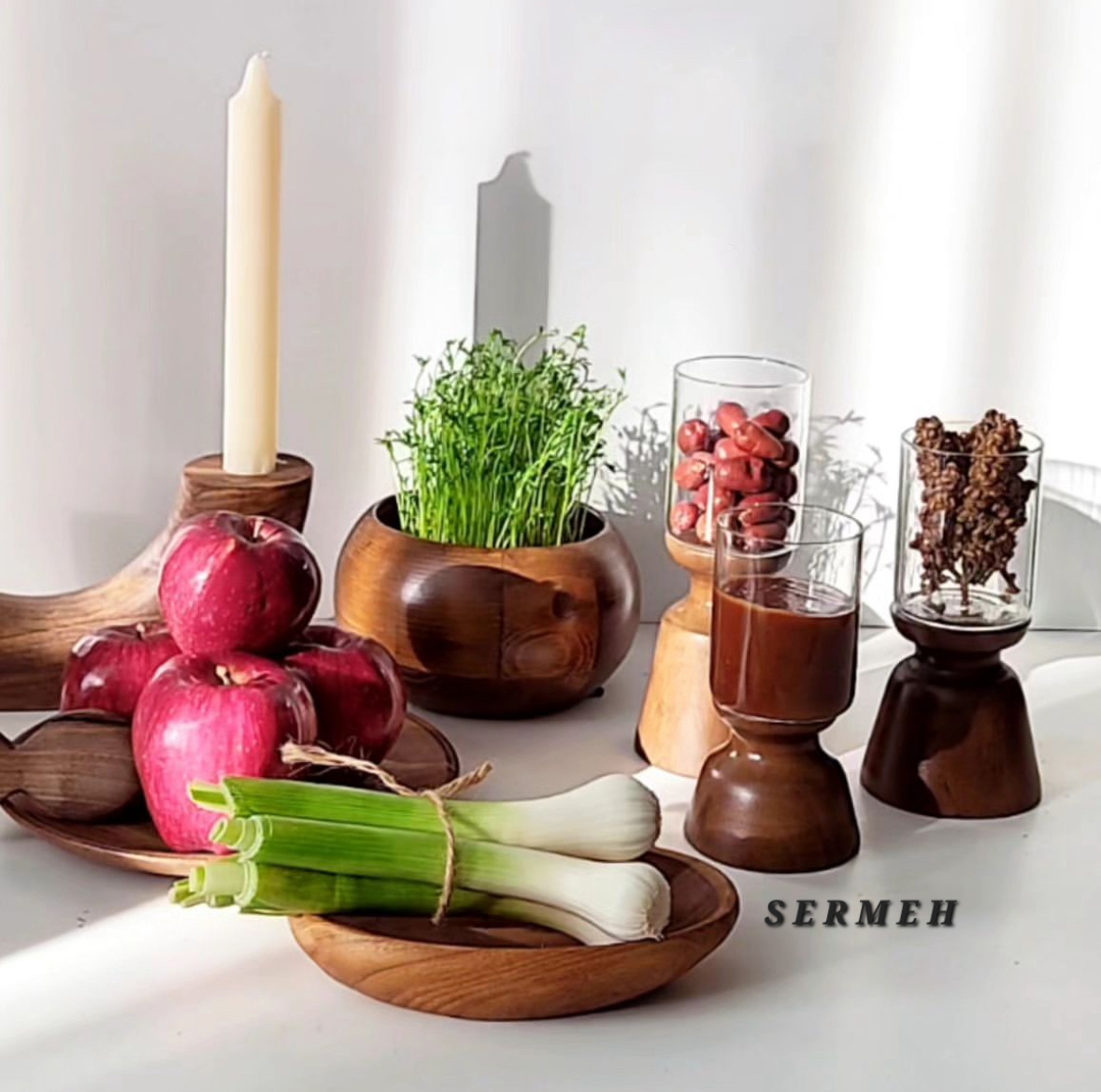
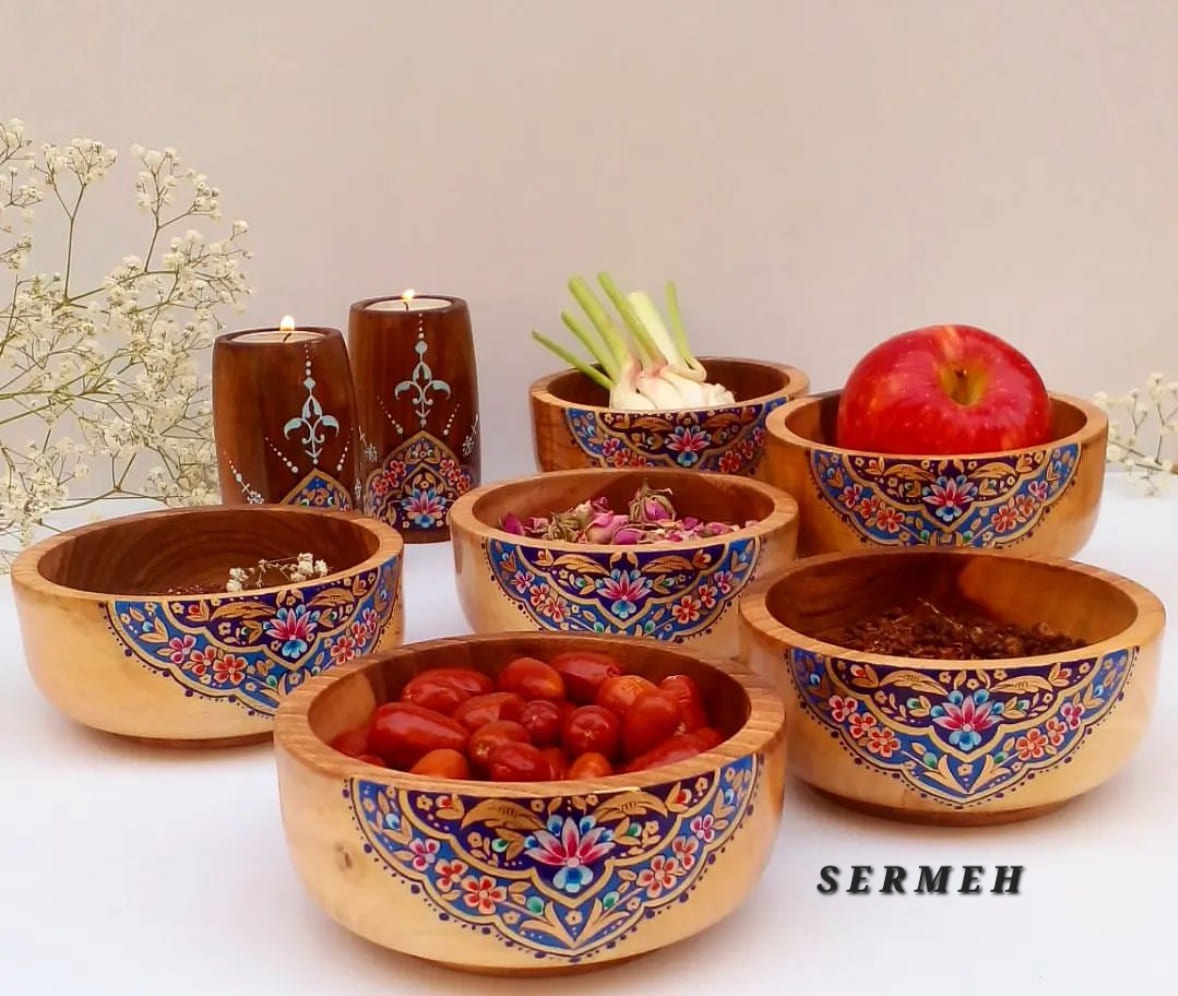
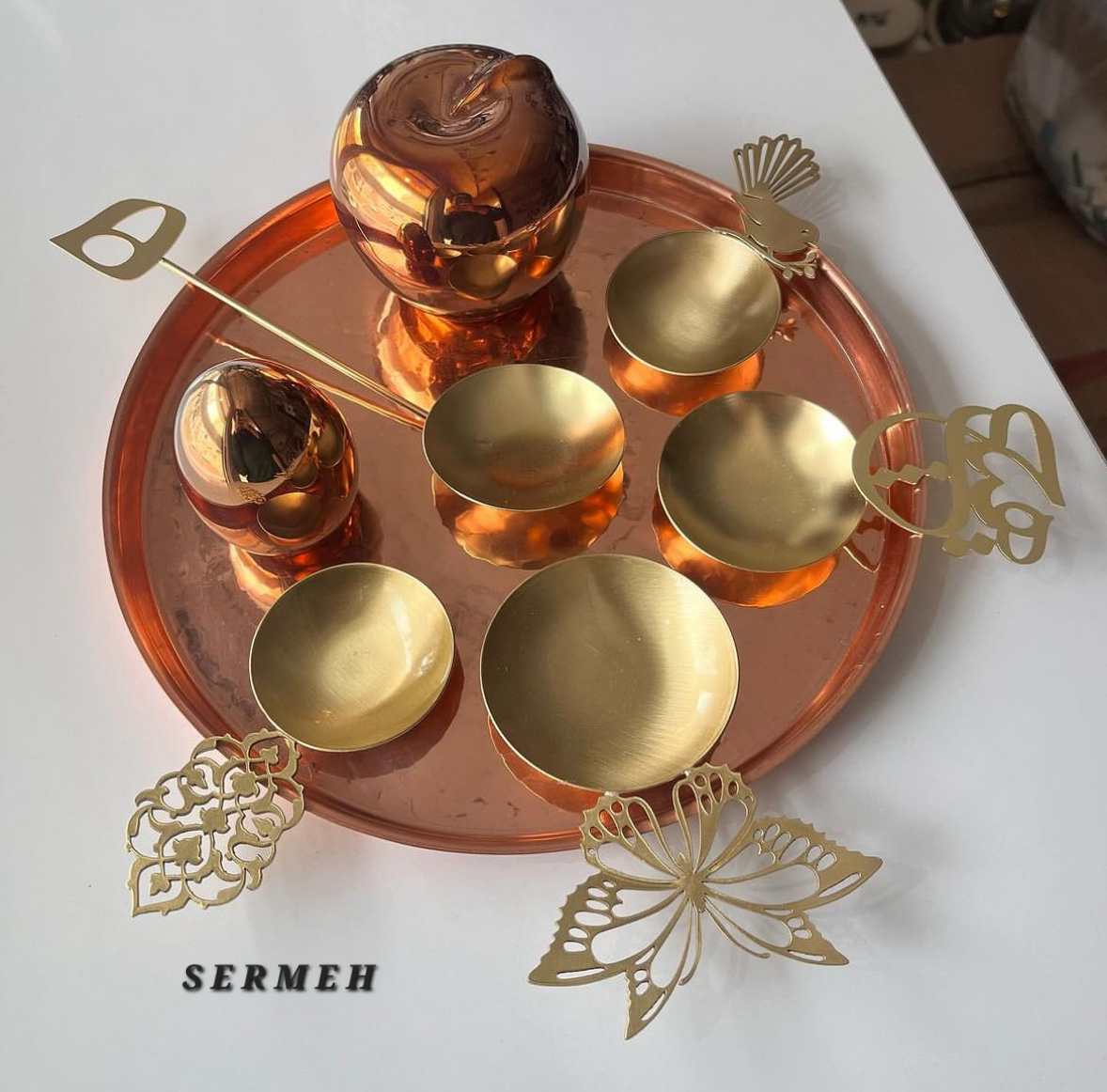
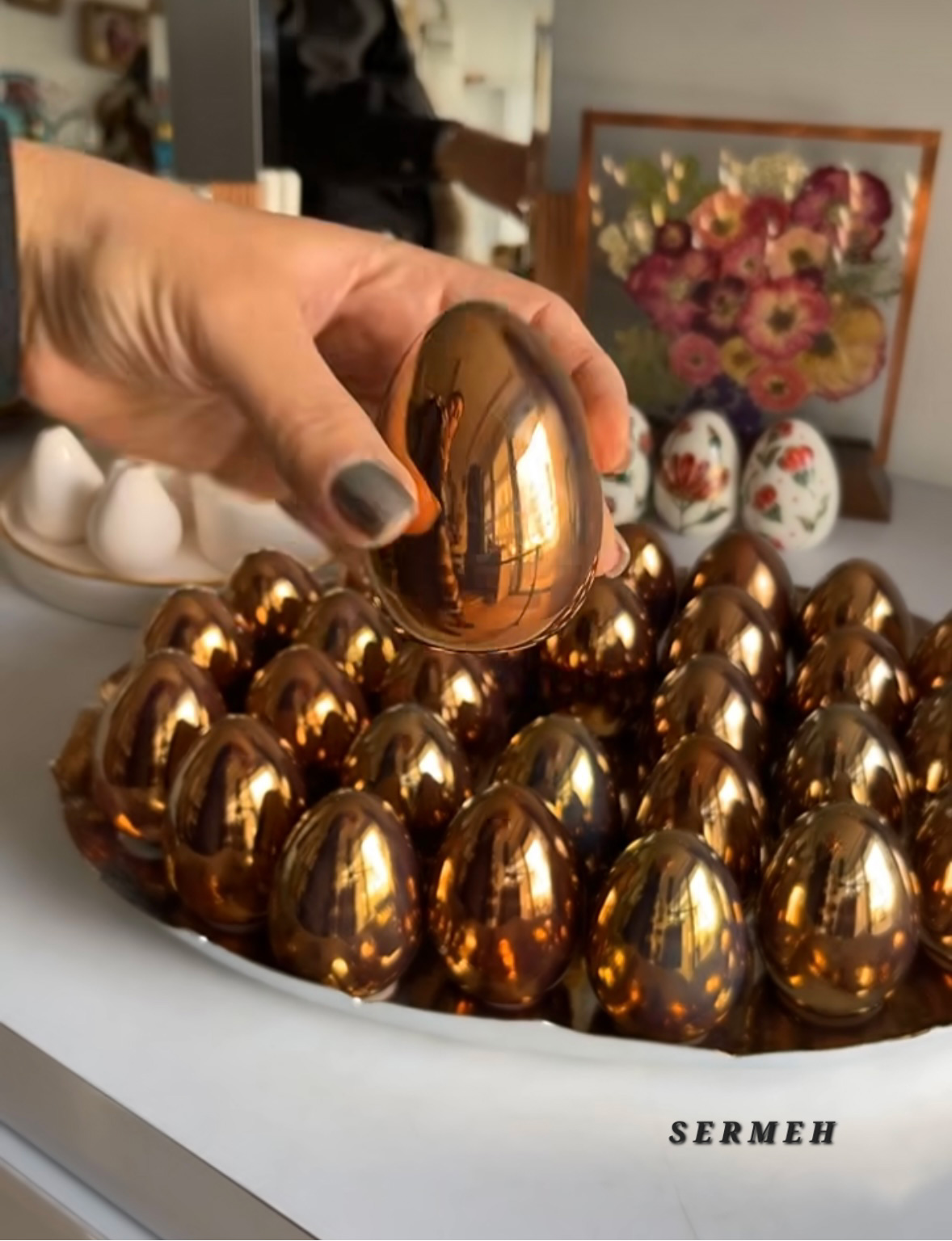
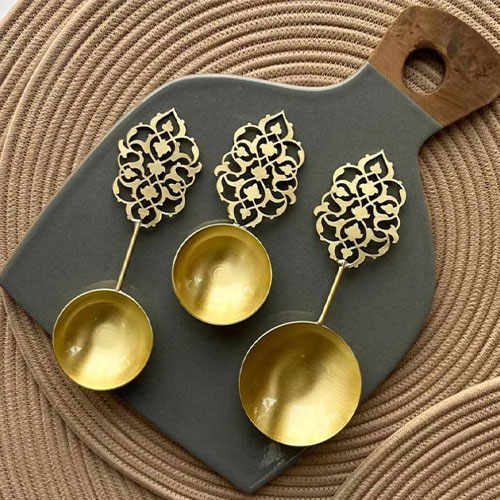
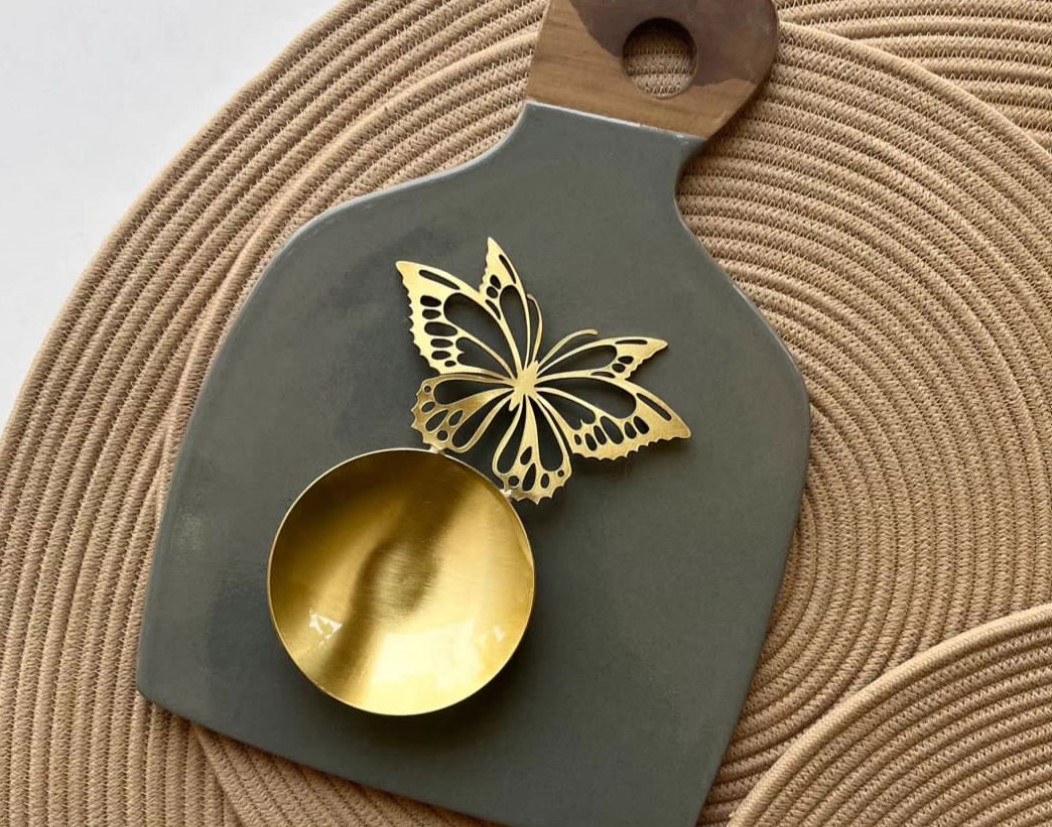
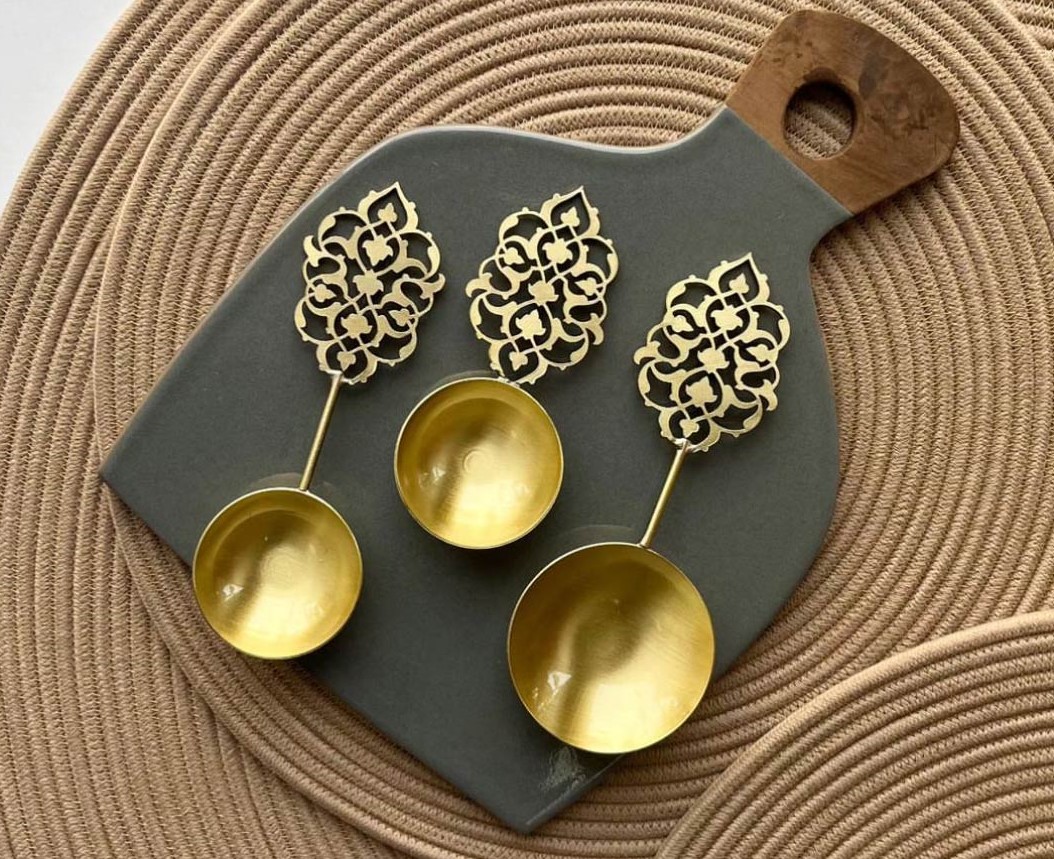
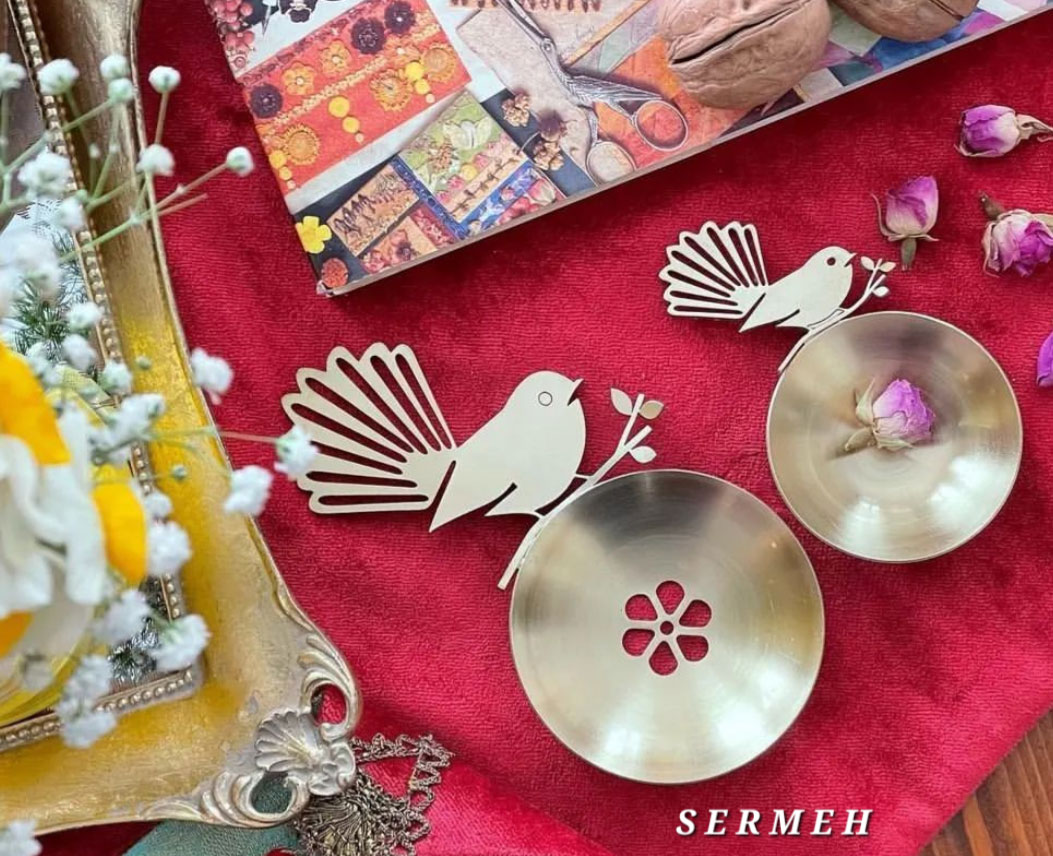
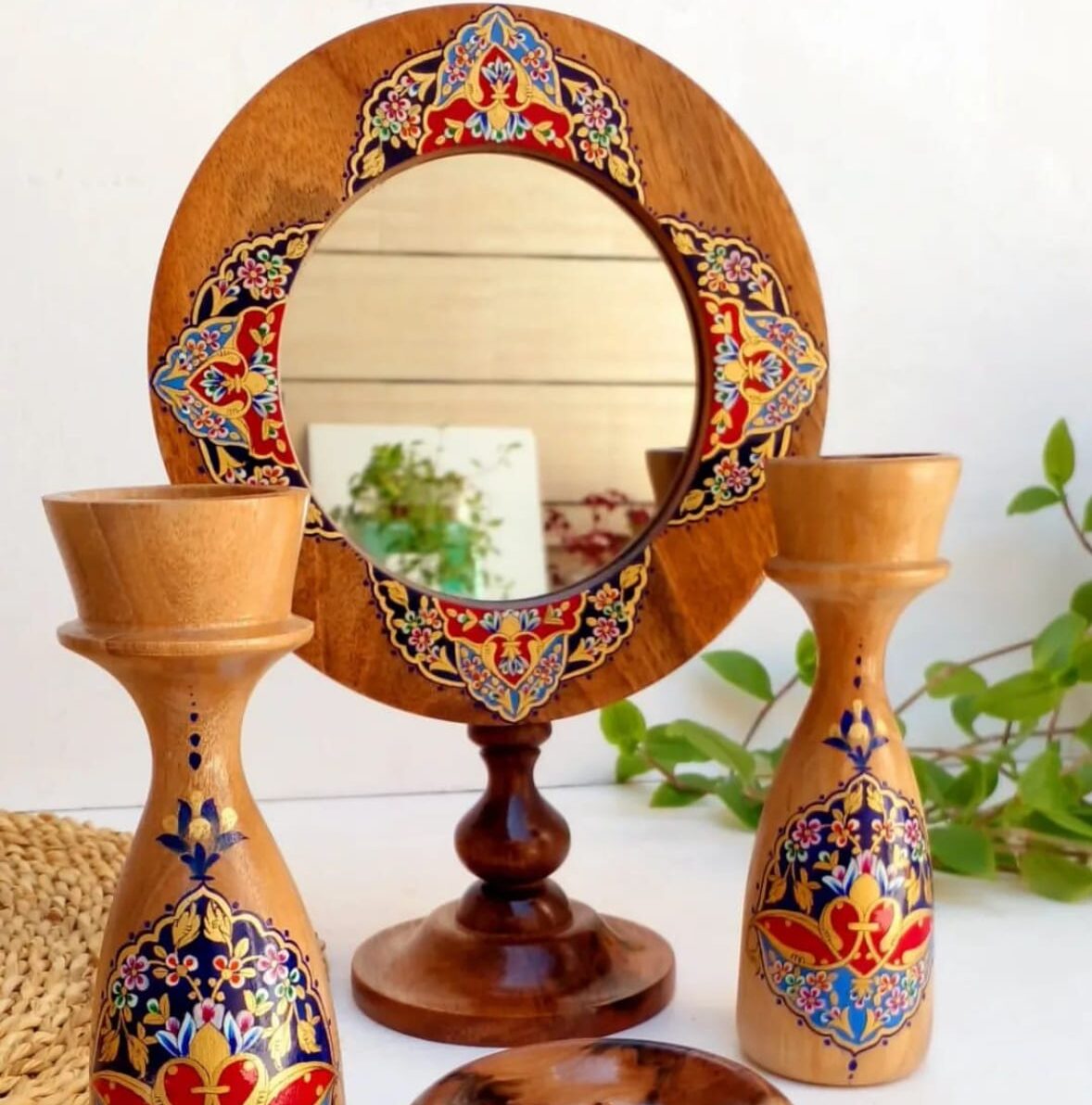
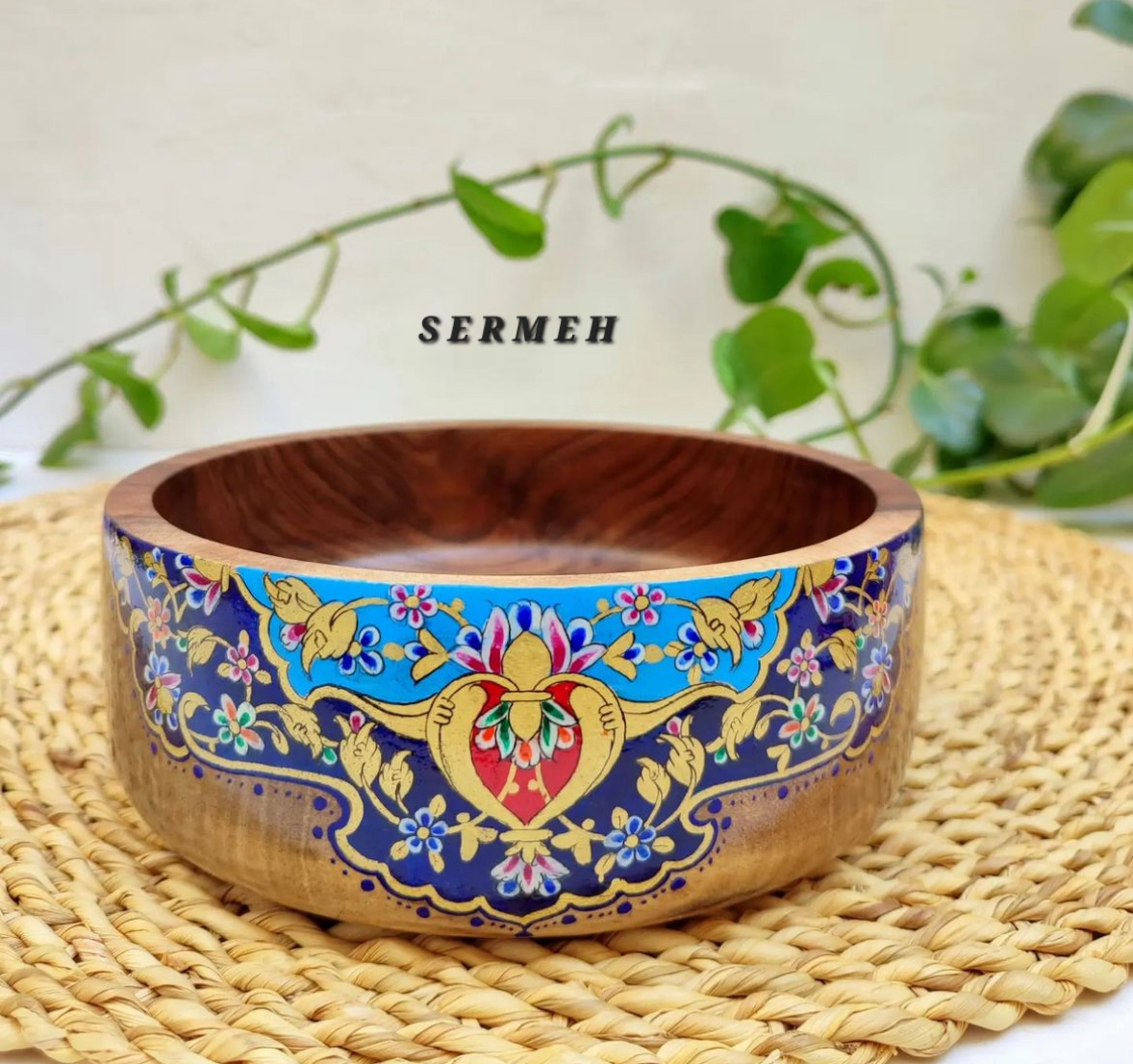

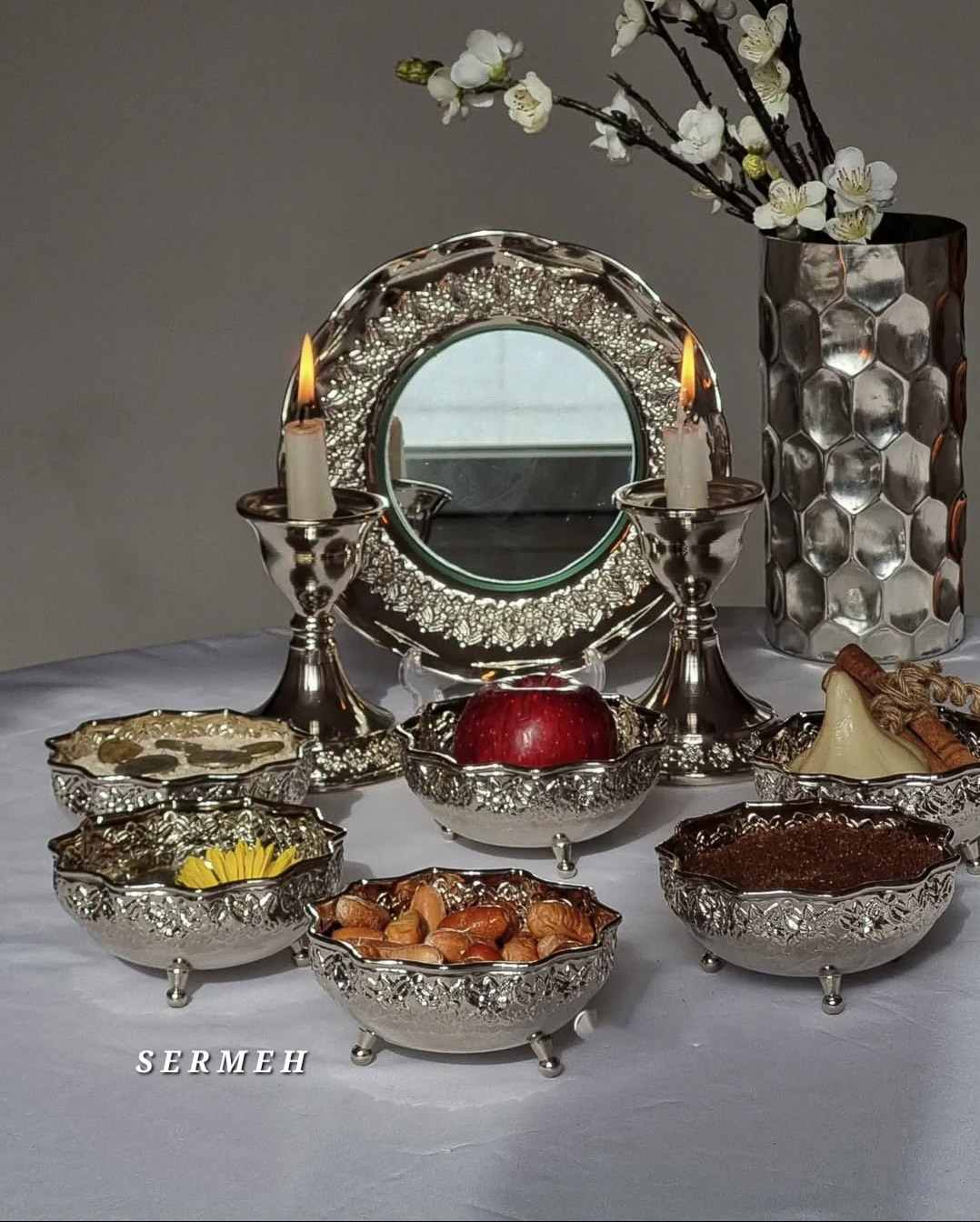
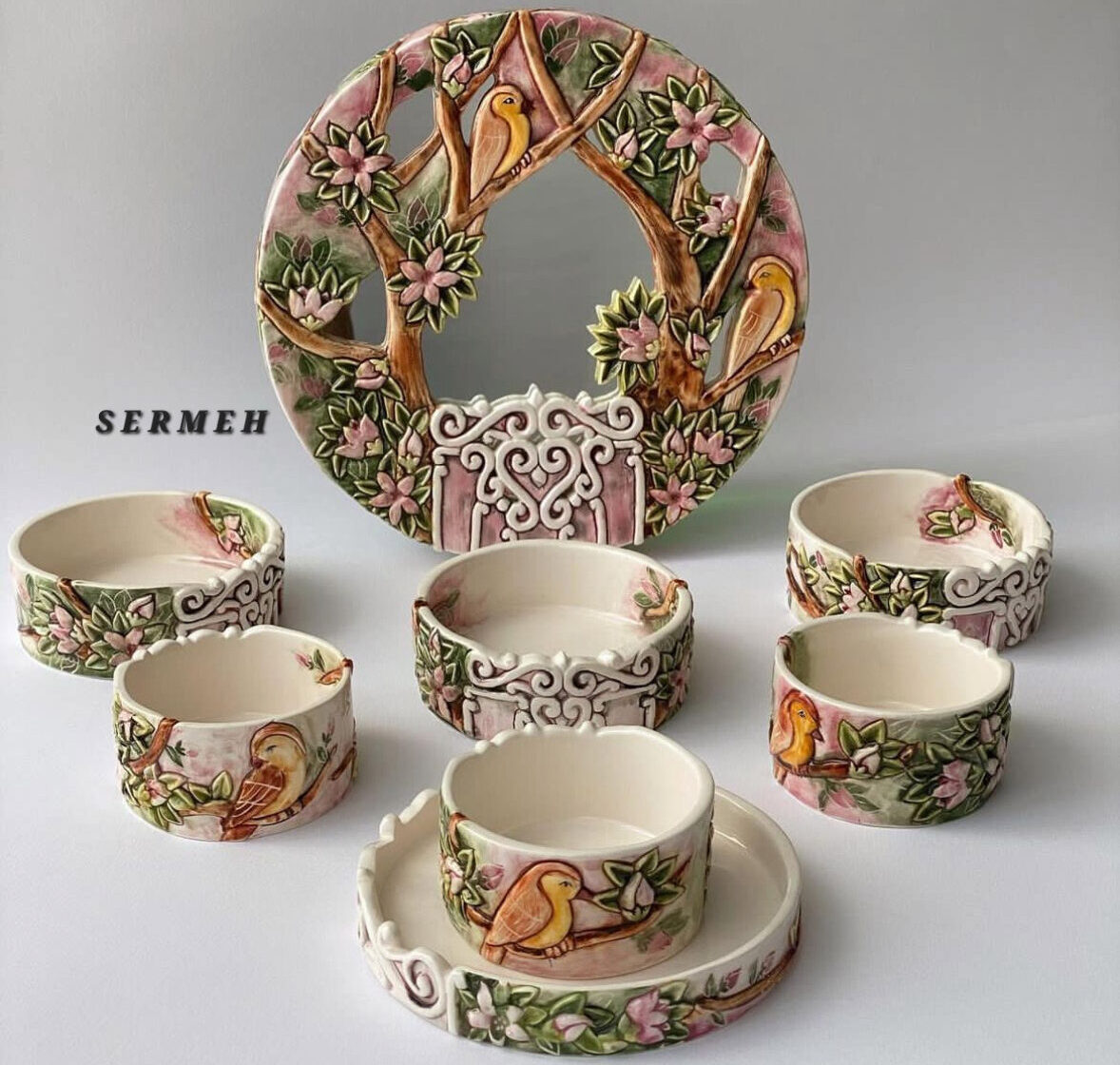
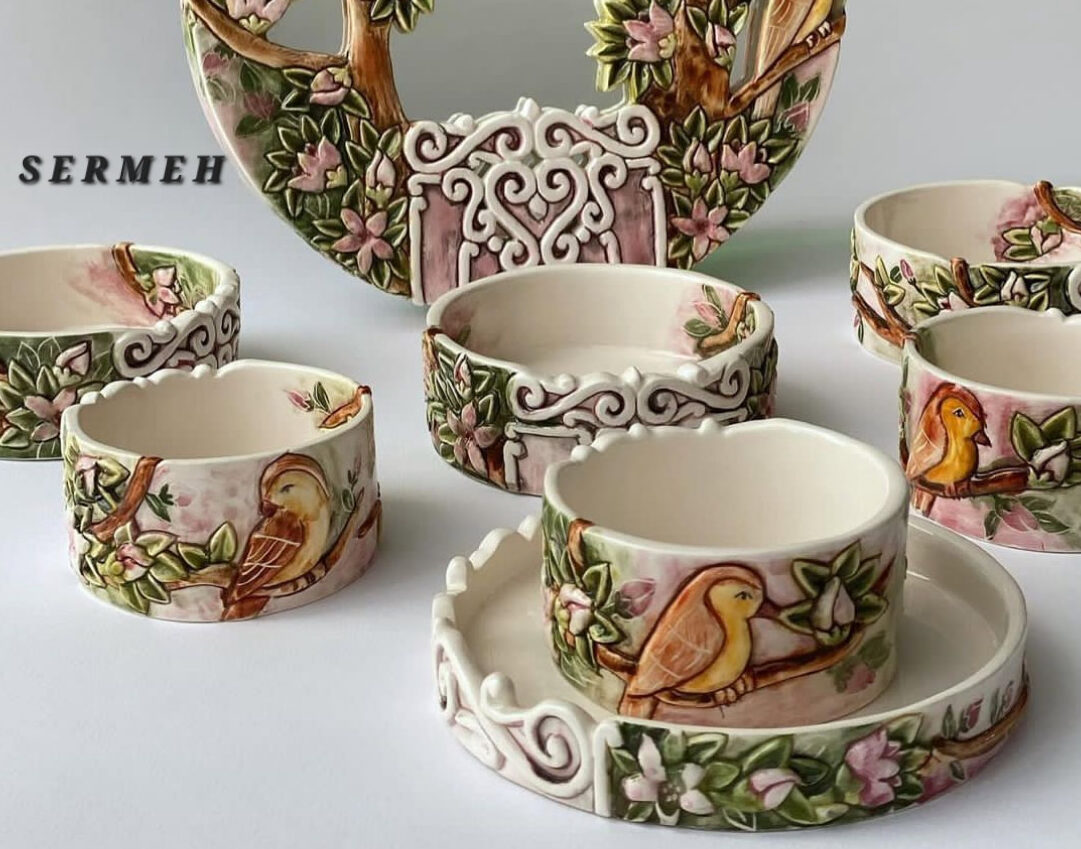
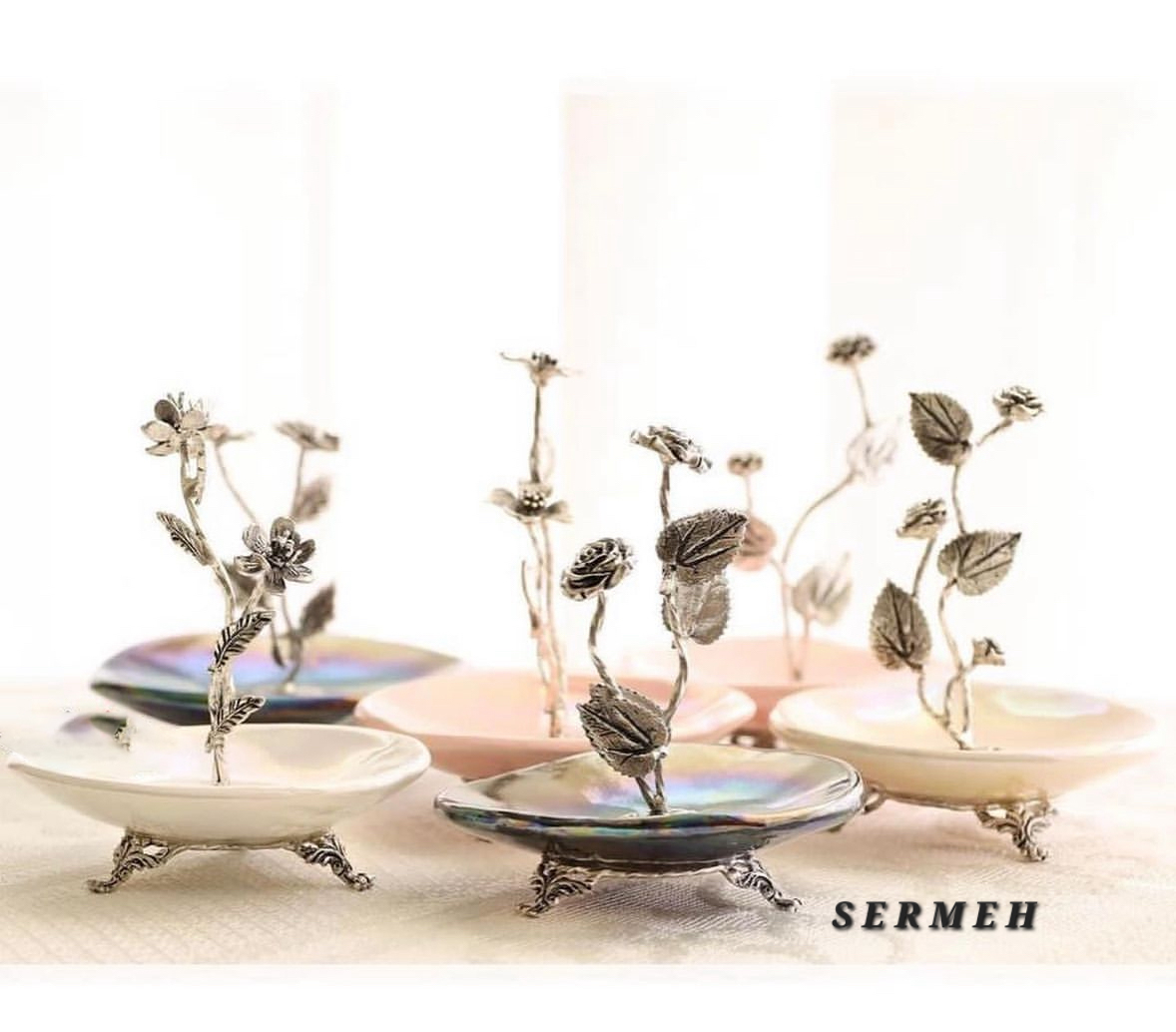
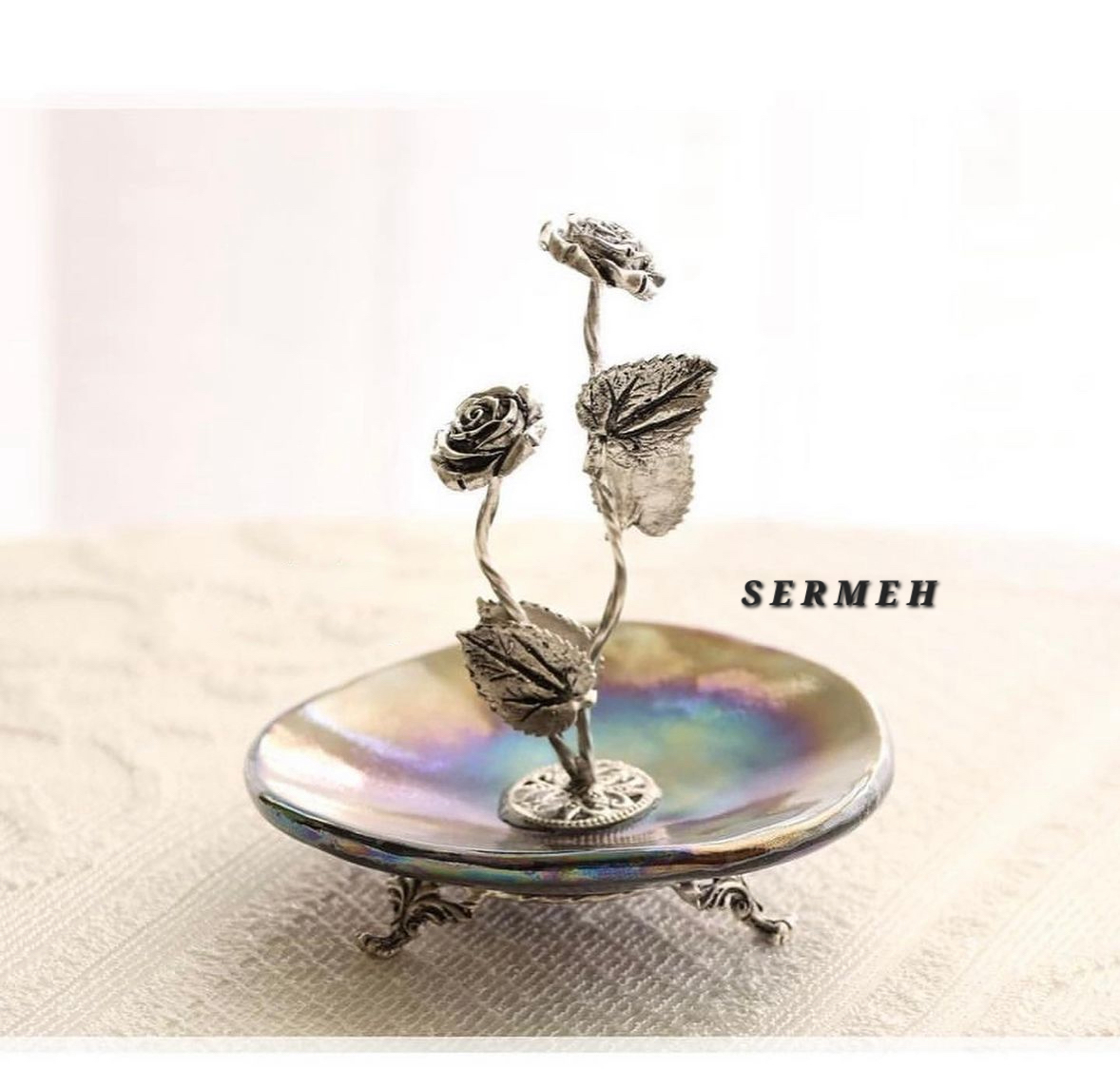
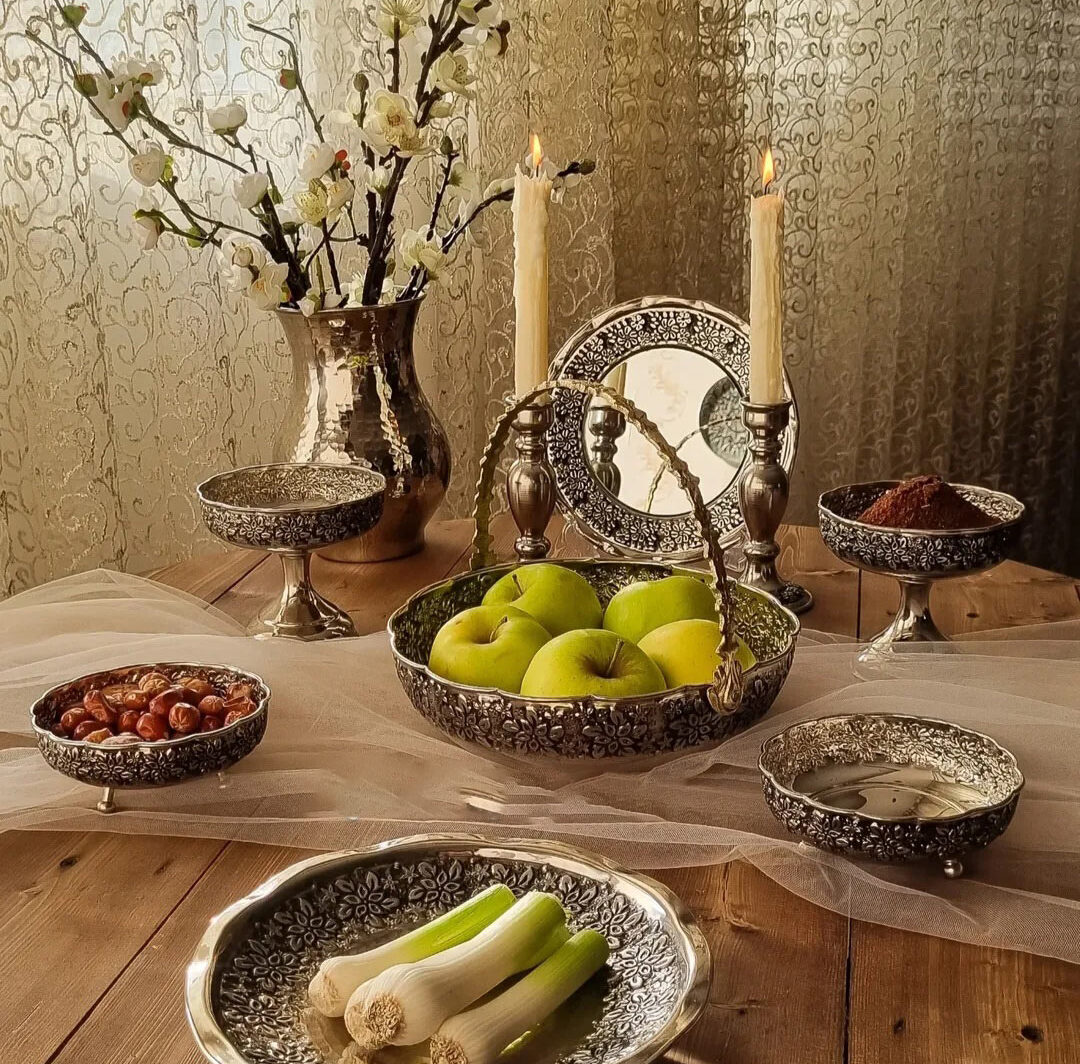
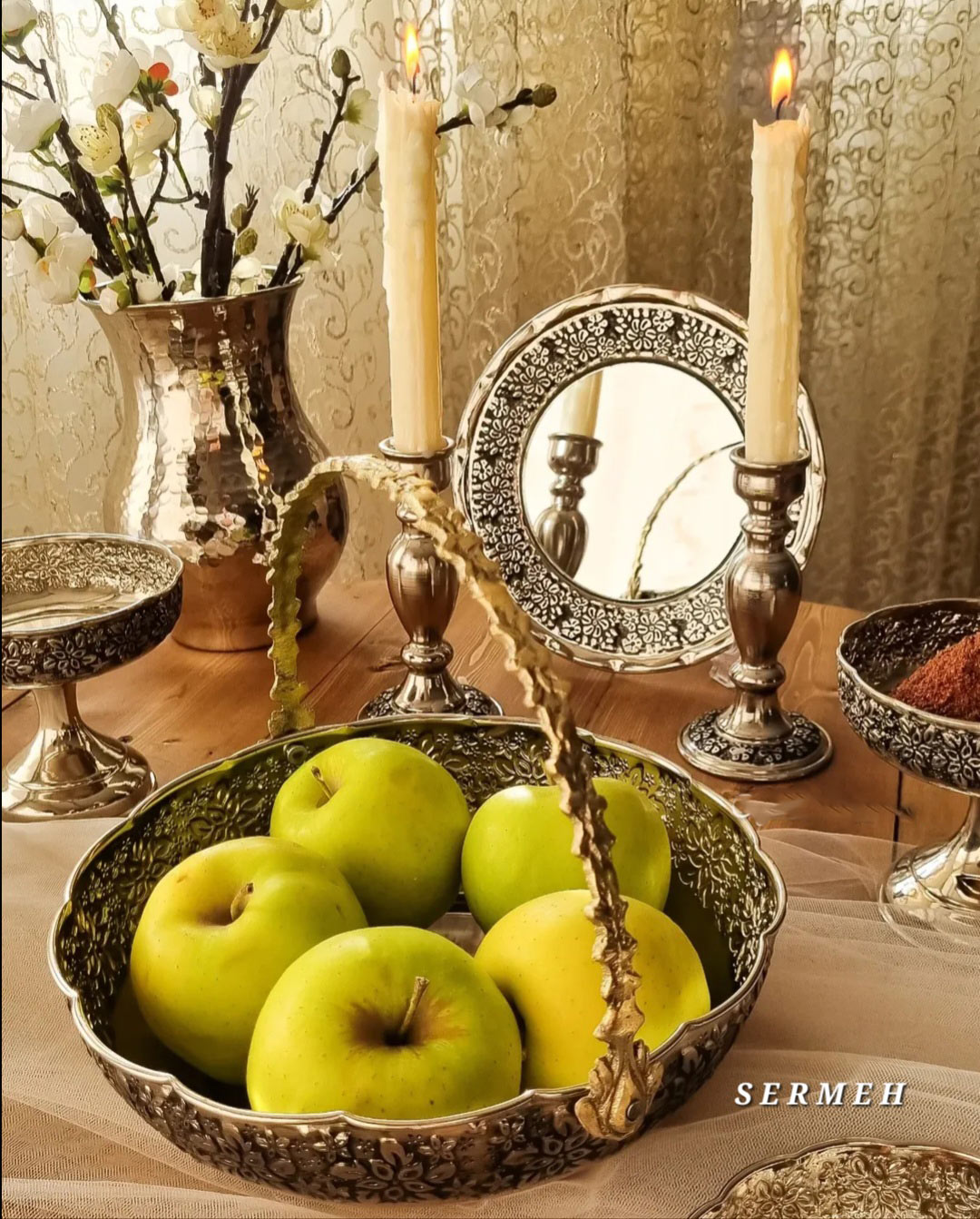
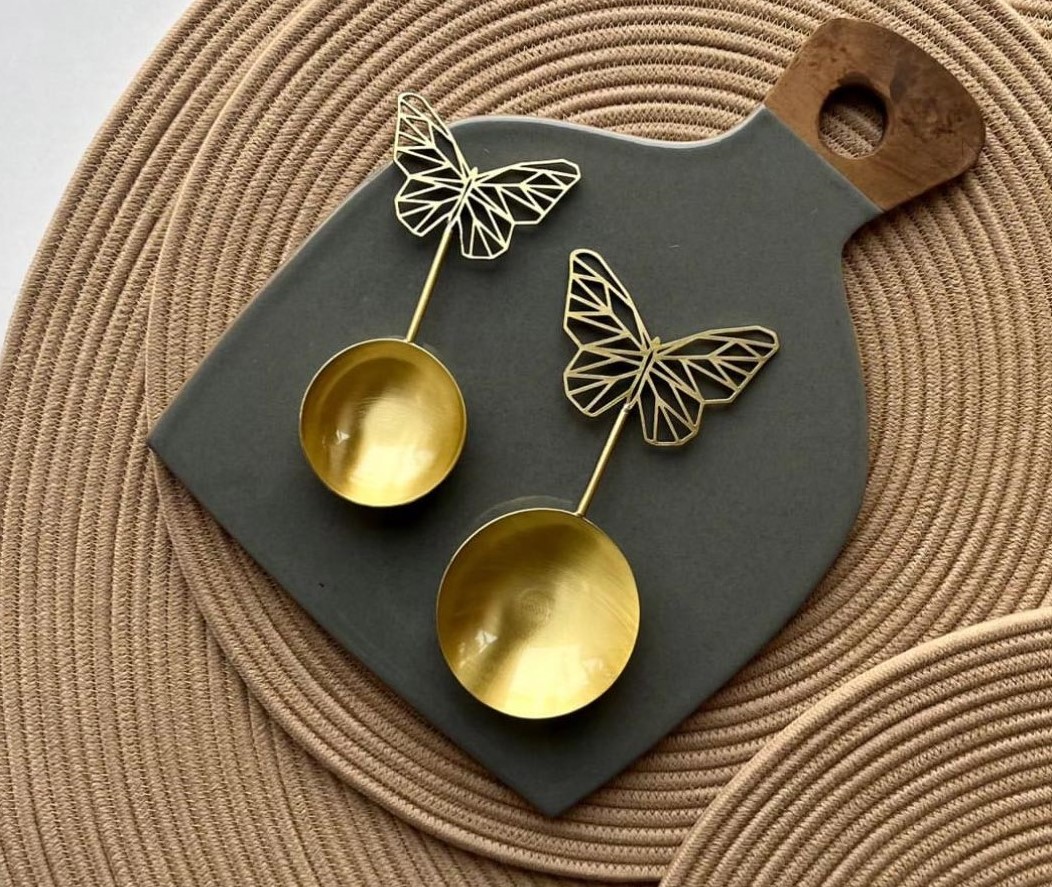
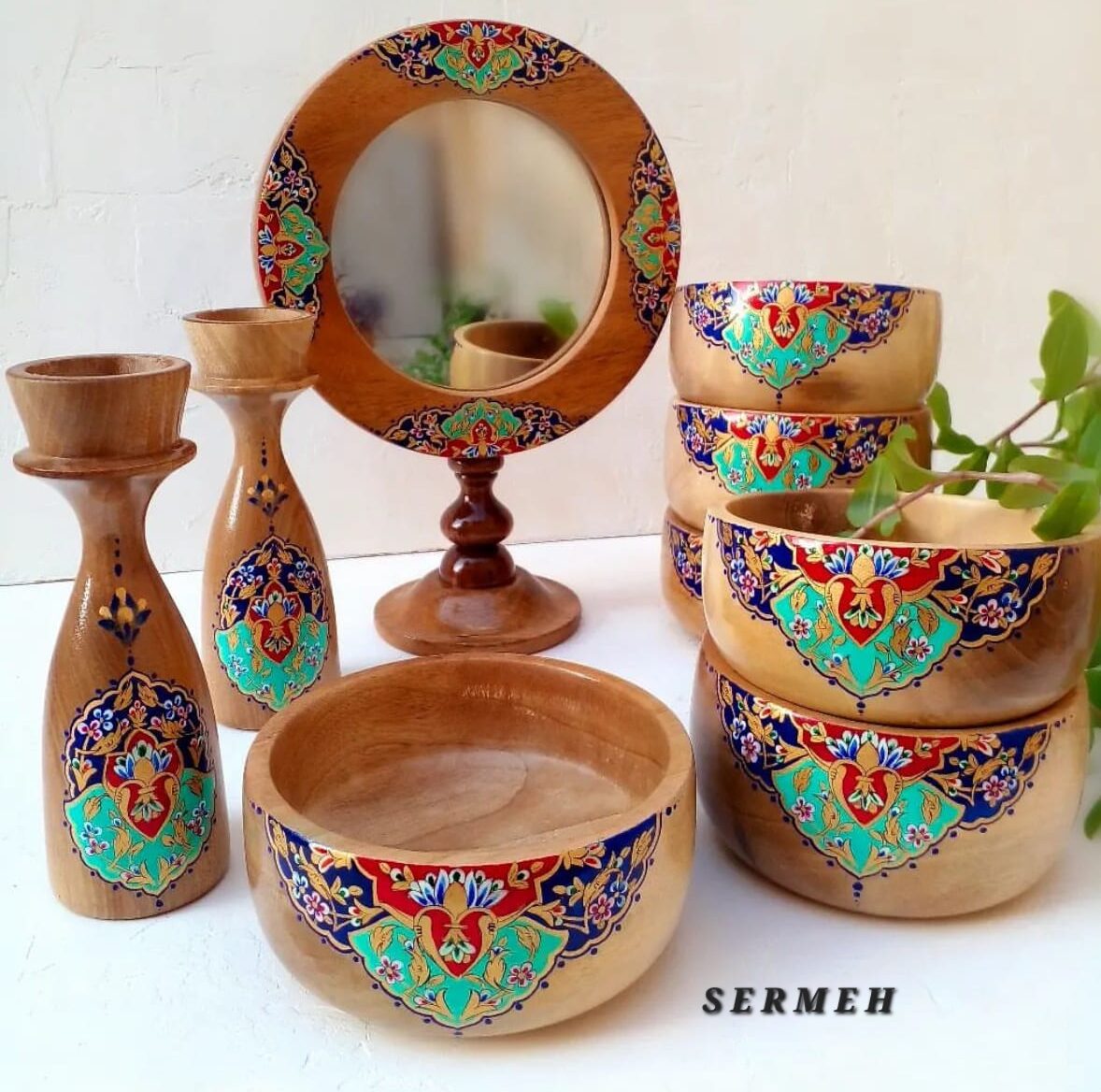
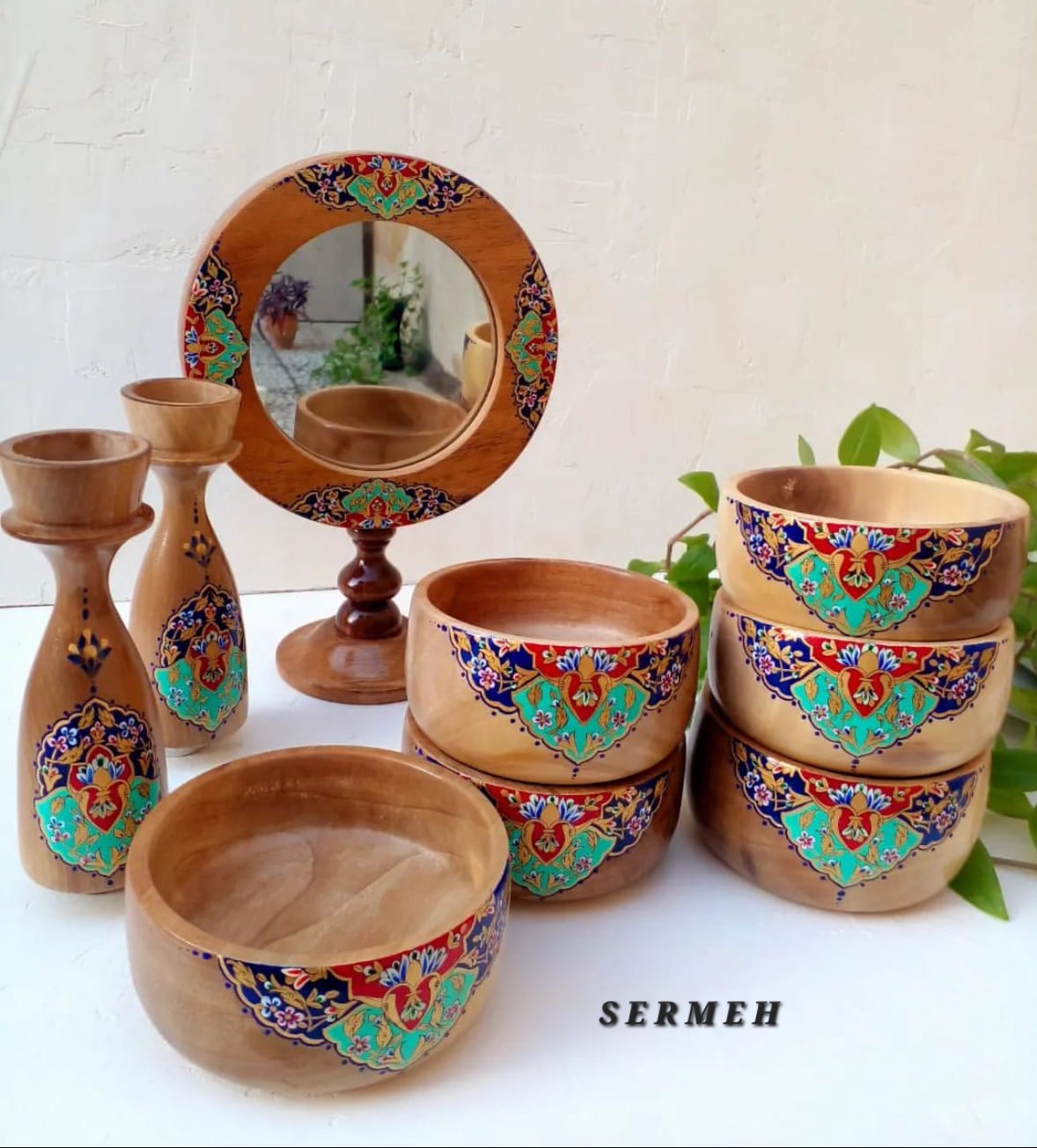
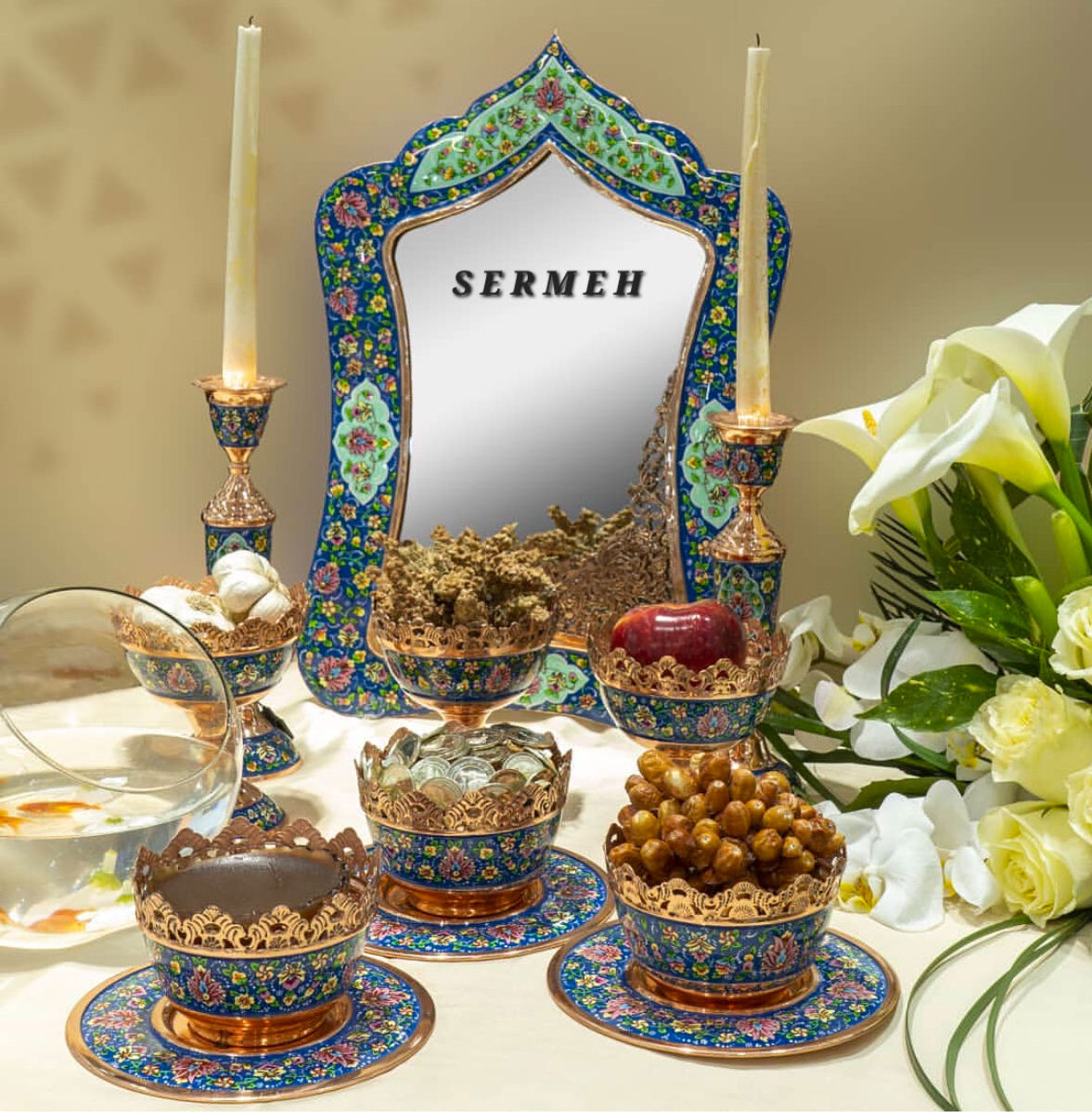
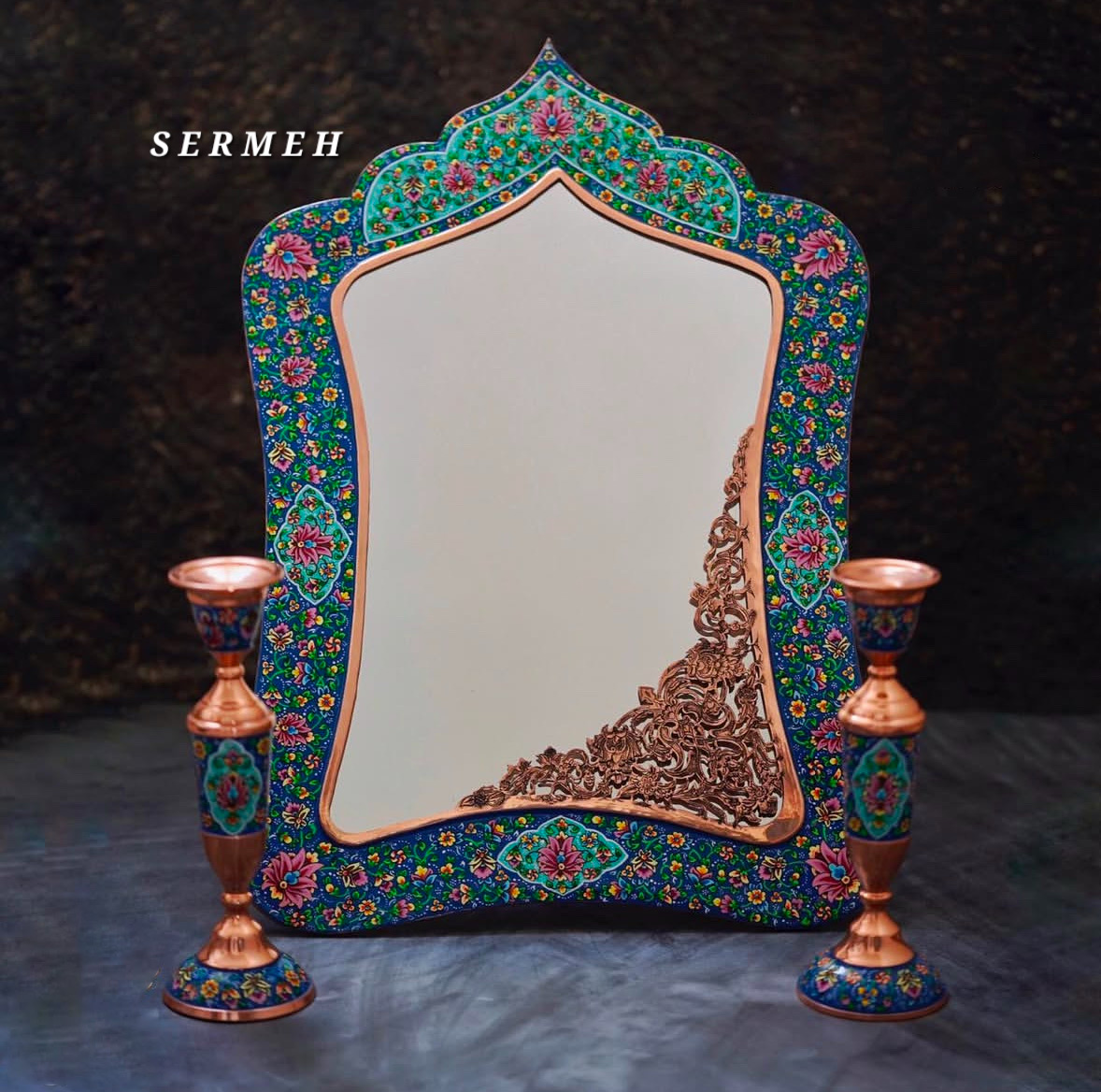
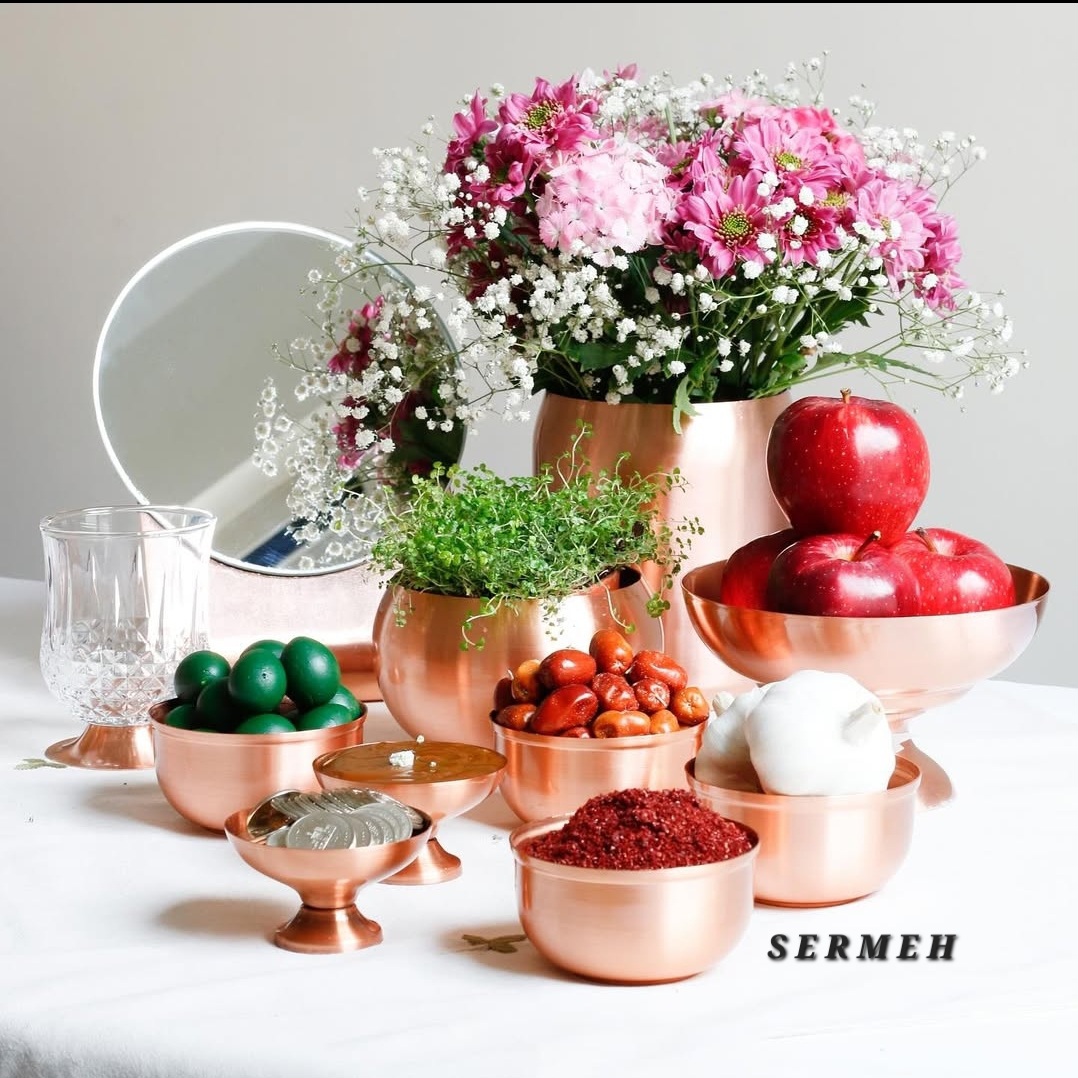
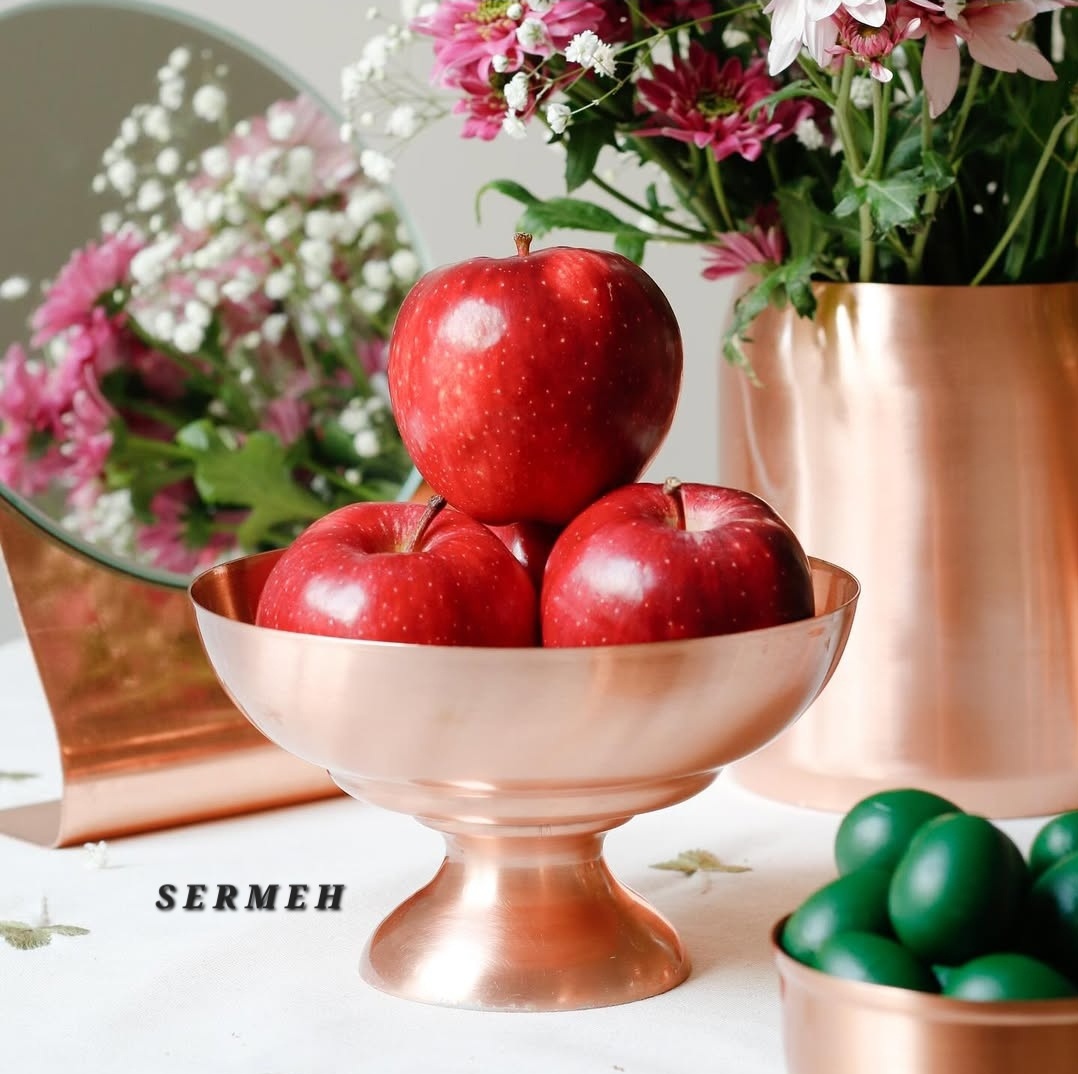
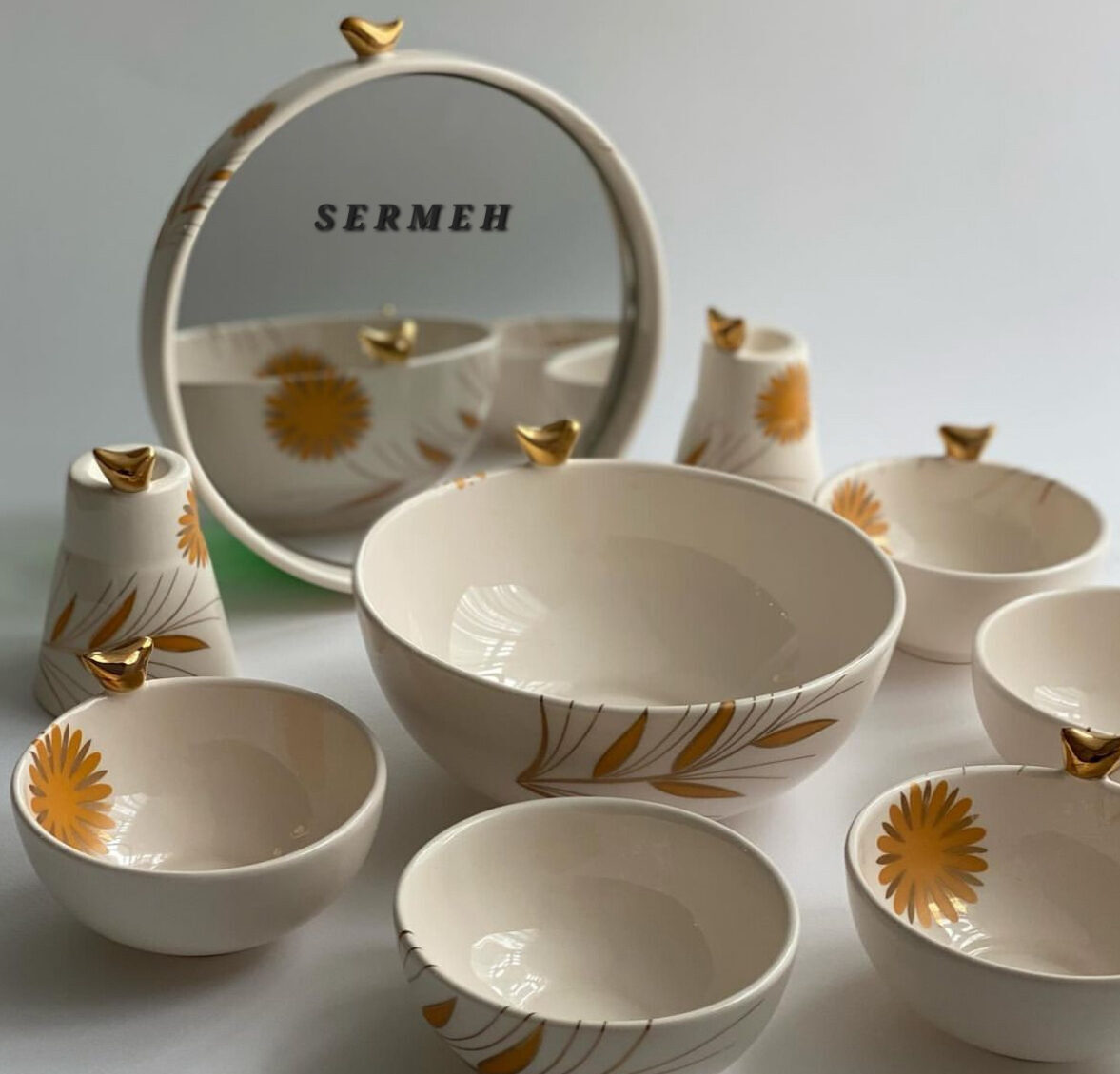
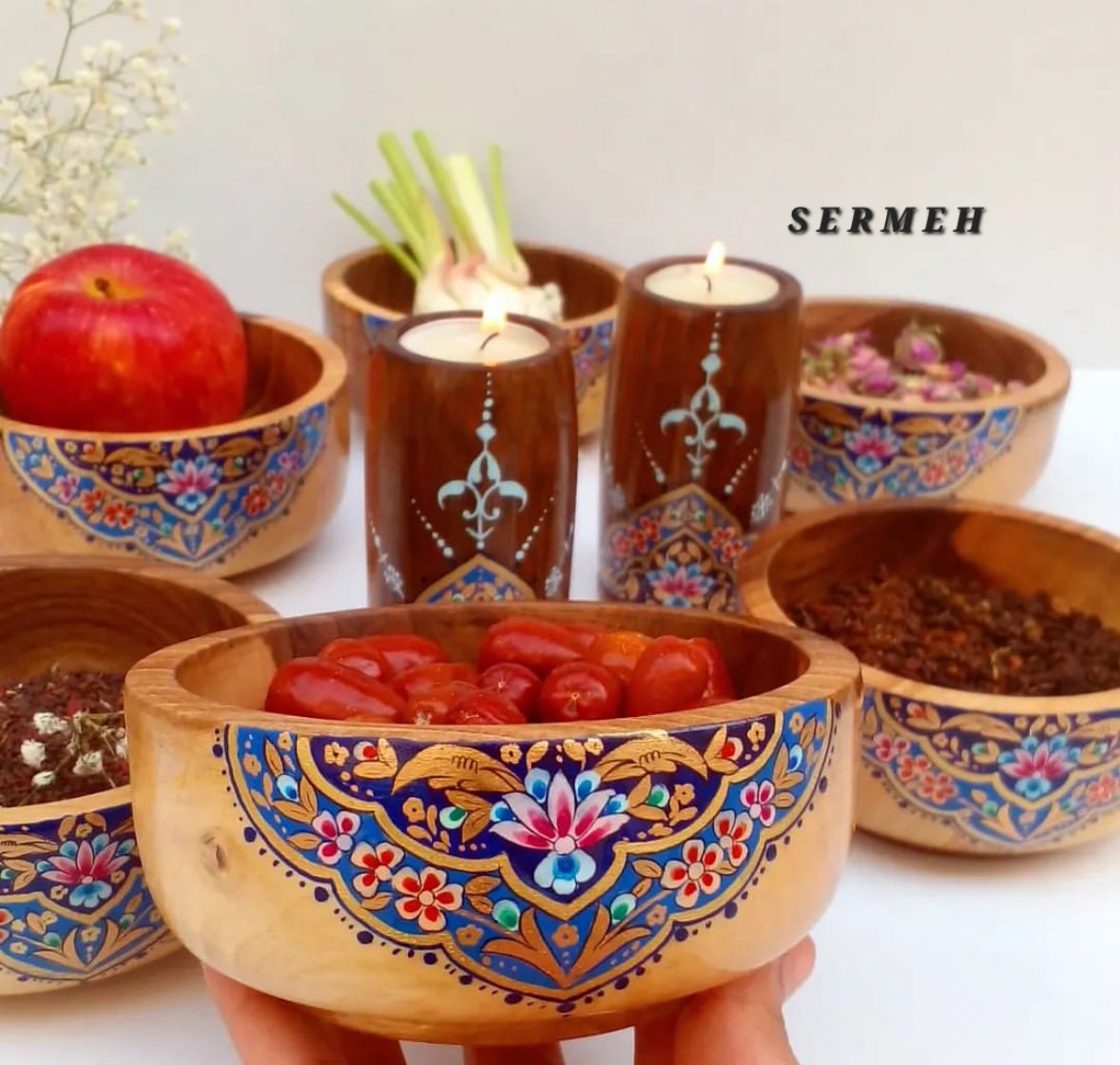
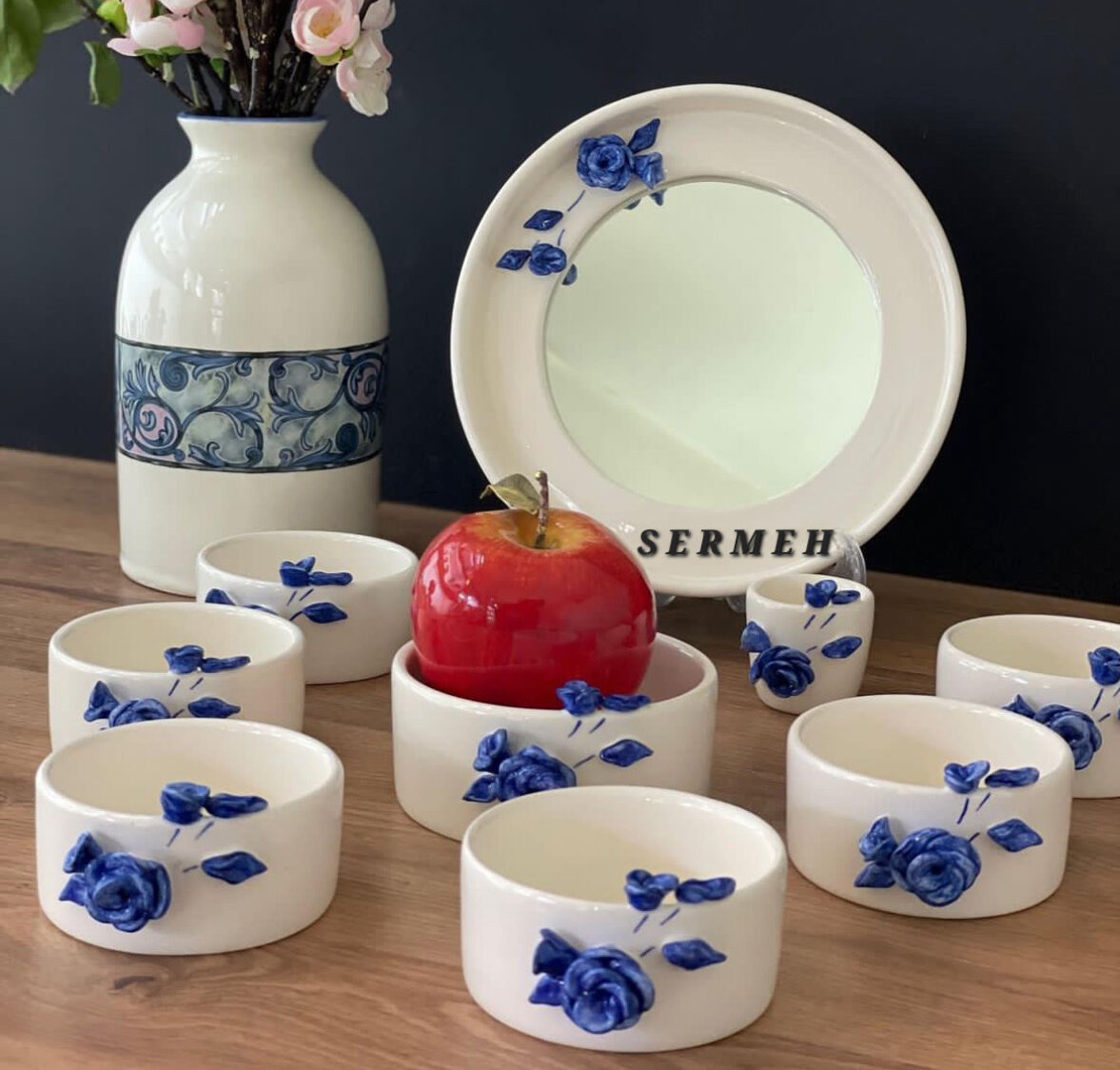
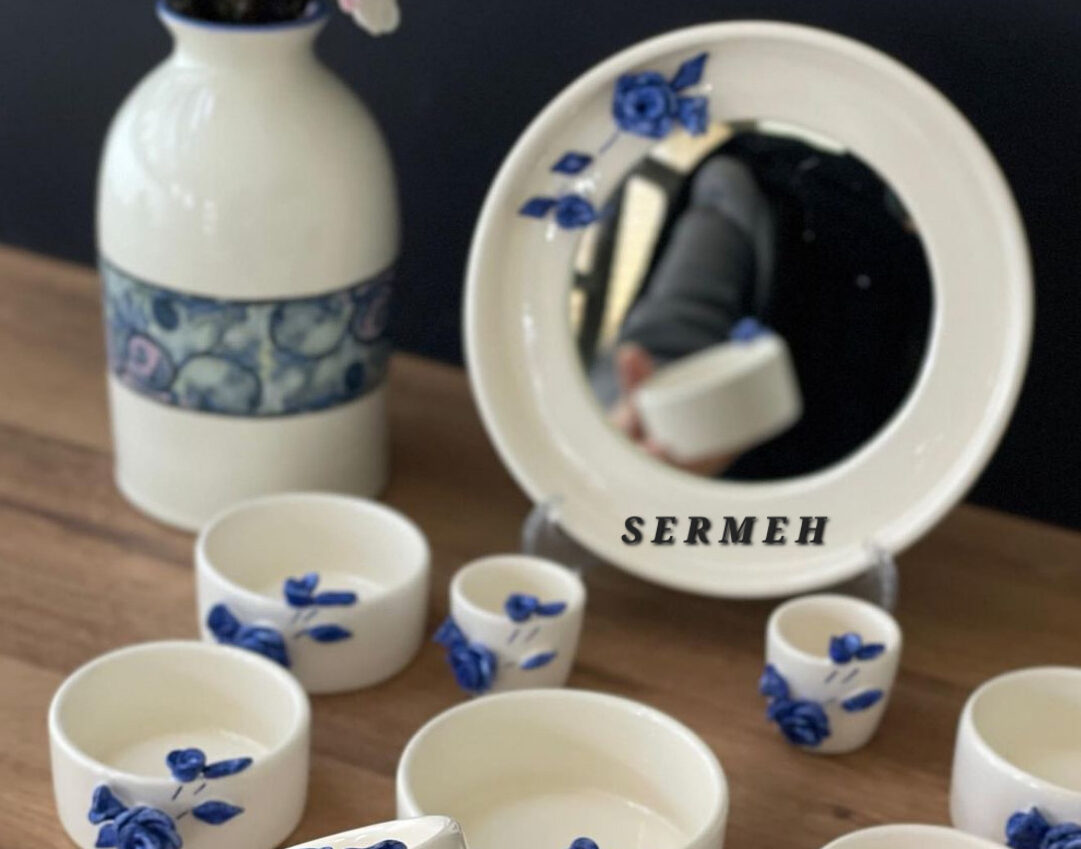
Reviews
There are no reviews yet.